Introduction to the taste and flavor of Brazilian boutique coffee beans recommended by Brazilian boutique coffee beans
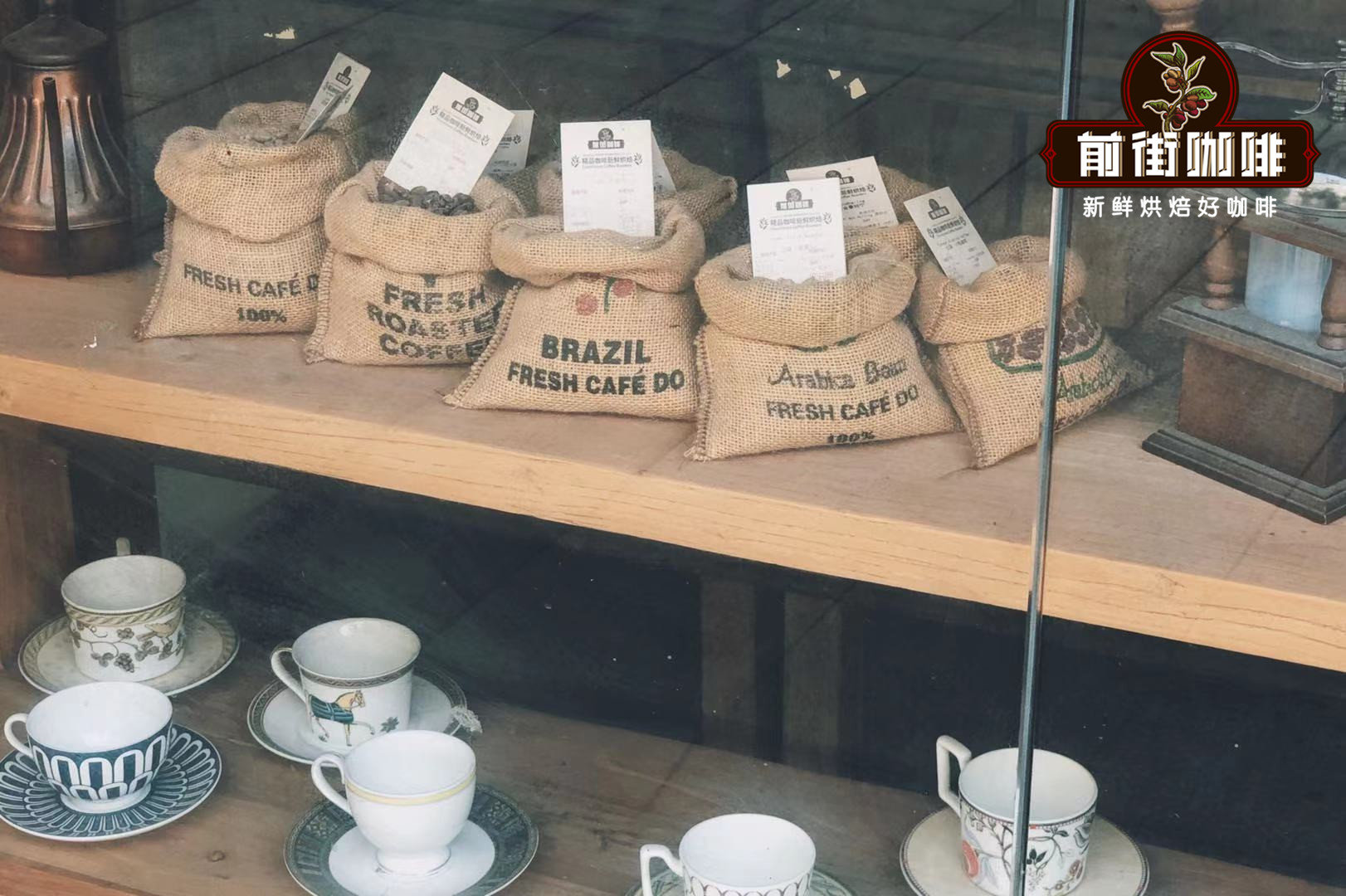
Professional coffee knowledge exchange more coffee bean information please follow the coffee workshop (Wechat official account cafe_style)
How should I choose coffee? What is the ranking of coffee brands? Friends who have just started coffee may first enter from the coffee brand list, thinking that the brand with high ranking must be good coffee. In fact, Qianjie Coffee believes that both single beans and Italian beans require fresh, individual beans look at the origin, altitude, treatment, Italian beans look at the blending formula. Coffee brand ranking is only a reference, not absolute, everyone's preferences are different, it is not that other people's NO.1 will be in line with your taste, does not mean that a high ranking is a good coffee brand, not a ranking is a bad coffee brand. We need to have this basic understanding before we know more about coffee. The three major coffee producing regions in the world are Africa, Asia and Latin America. Many friends who come to Qianjie coffee shop to drink coffee, encounter more than 30 coffee beans on display, they have difficulty in choosing. The key to choosing good-tasting coffee beans is to be familiar with their personal tastes and preferences. Qianjie Coffee usually provides more than 50 kinds of individual coffee bean brands, coffee bean brands in coffee producing areas all over the world, coffee bean varieties will change with the season, just like our current hanging-ear coffee, the coffee bean brand used is Brazilian red fruit coffee beans in the current season, so whether the coffee beans are good or not also depends on the season. In fact, if you recommend coffee beans from the three largest producing areas in the world, it is also a choice. Today, Qianjie Coffee will recommend coffee beans in the direction of the three major world producing areas, introducing the top ten coffee bean brands with very different flavors, and they are also the top ten most popular coffee beans in Qianjie coffee shops to see what these coffee beans are good about.
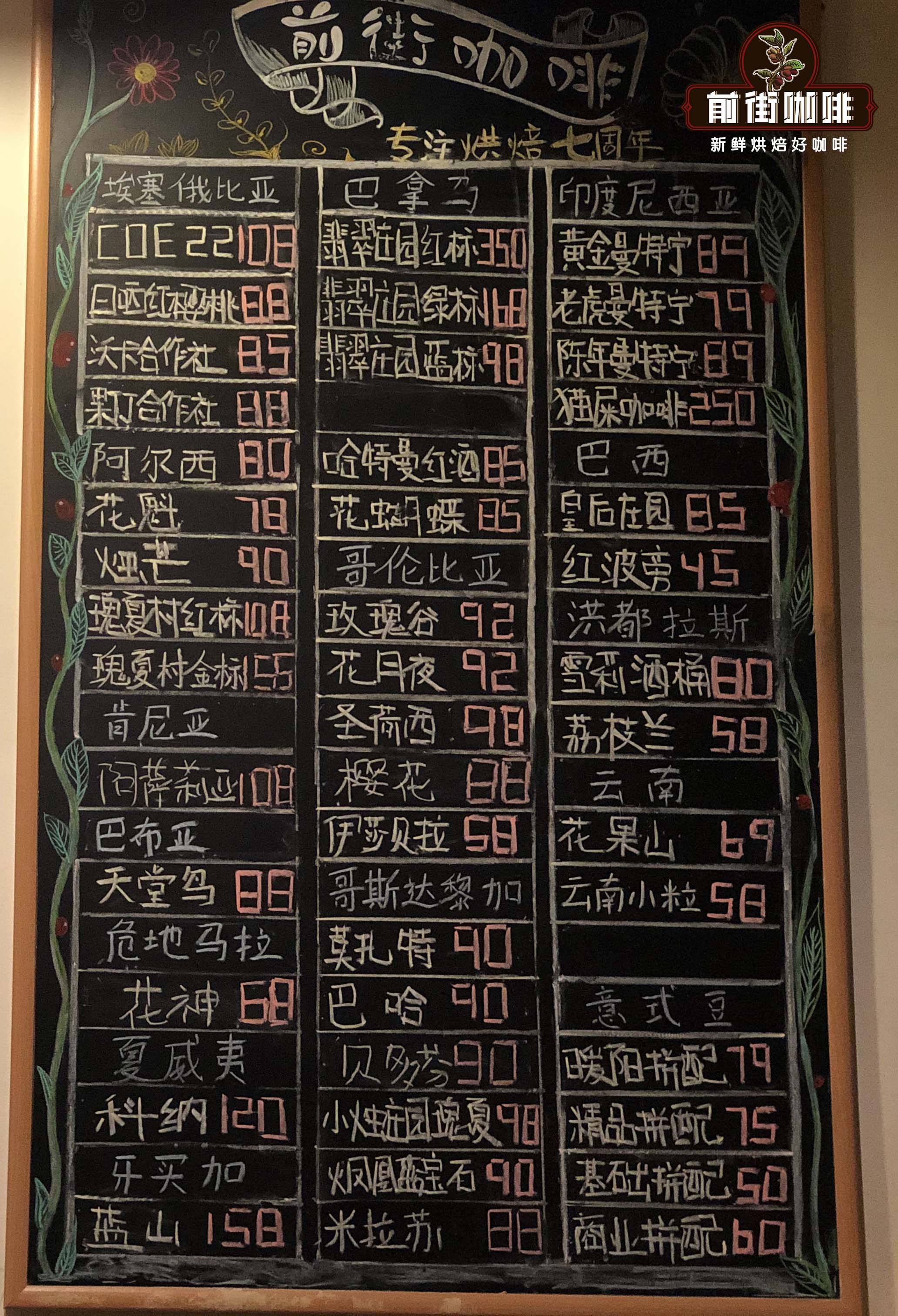
Qianjie Top Ten Coffee Bean Brands recommend Coffee beans in Africa 1. Ethiopian Yega Snow Red Cherry
Yega Xuefei Manor Altland Manor in the producing area is insolated by native seed treatment of G1 varieties of grade 1700-2200m above sea level.
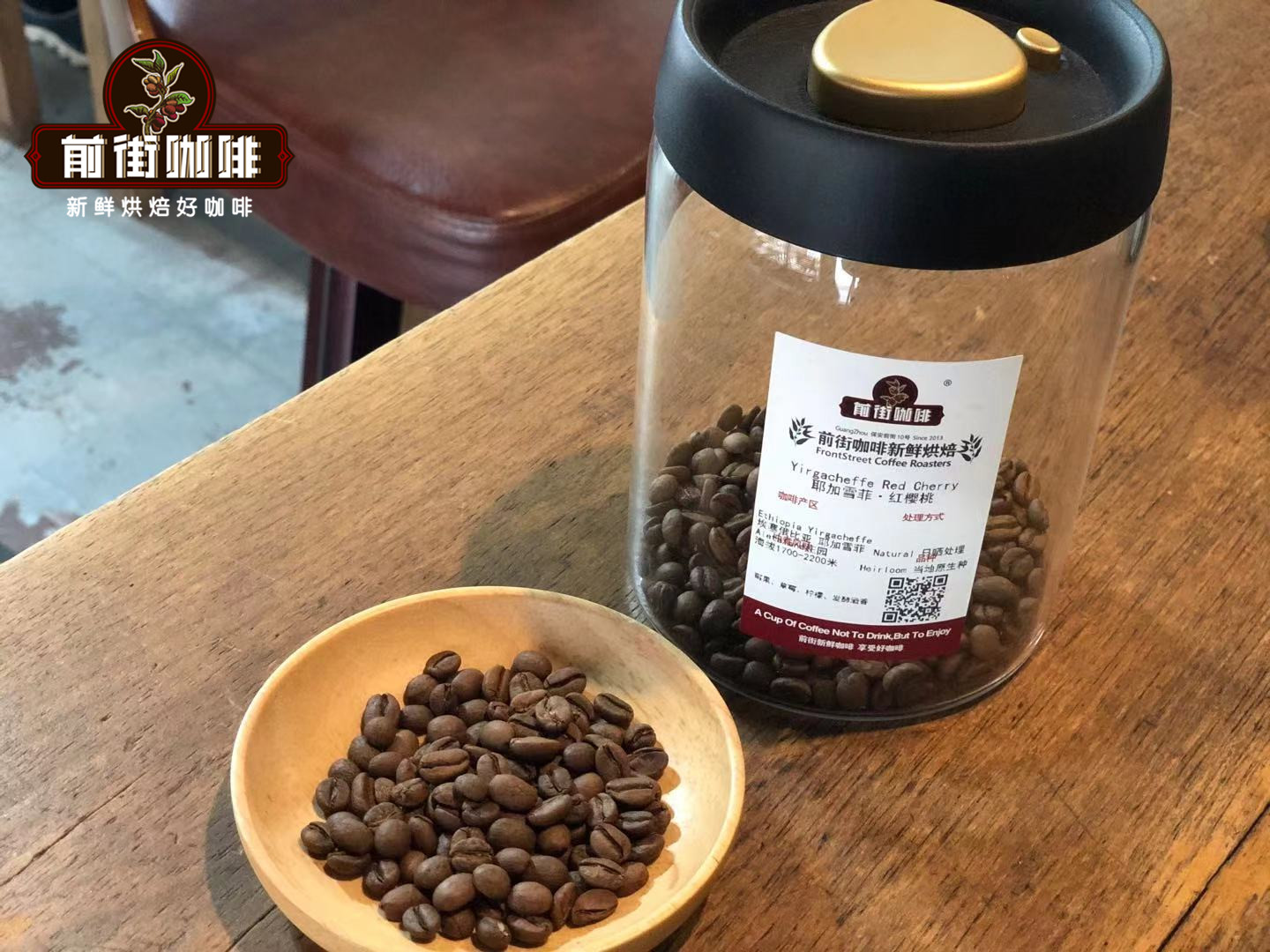
Ethiopia lies to the east of the African continent. The "Gedeo zone region" to which Yega Xuefei belongs is located in the "southern ethnic states" in southwestern Ethiopia. Yirga cheffe is a small town in Ethiopia, 1700-2100 meters above sea level. It is one of the highest coffee producing areas in the world and is synonymous with Ethiopian boutique coffee. Lake Turkana, Lake Abaya and Lake Chamo bring rich water vapor here.
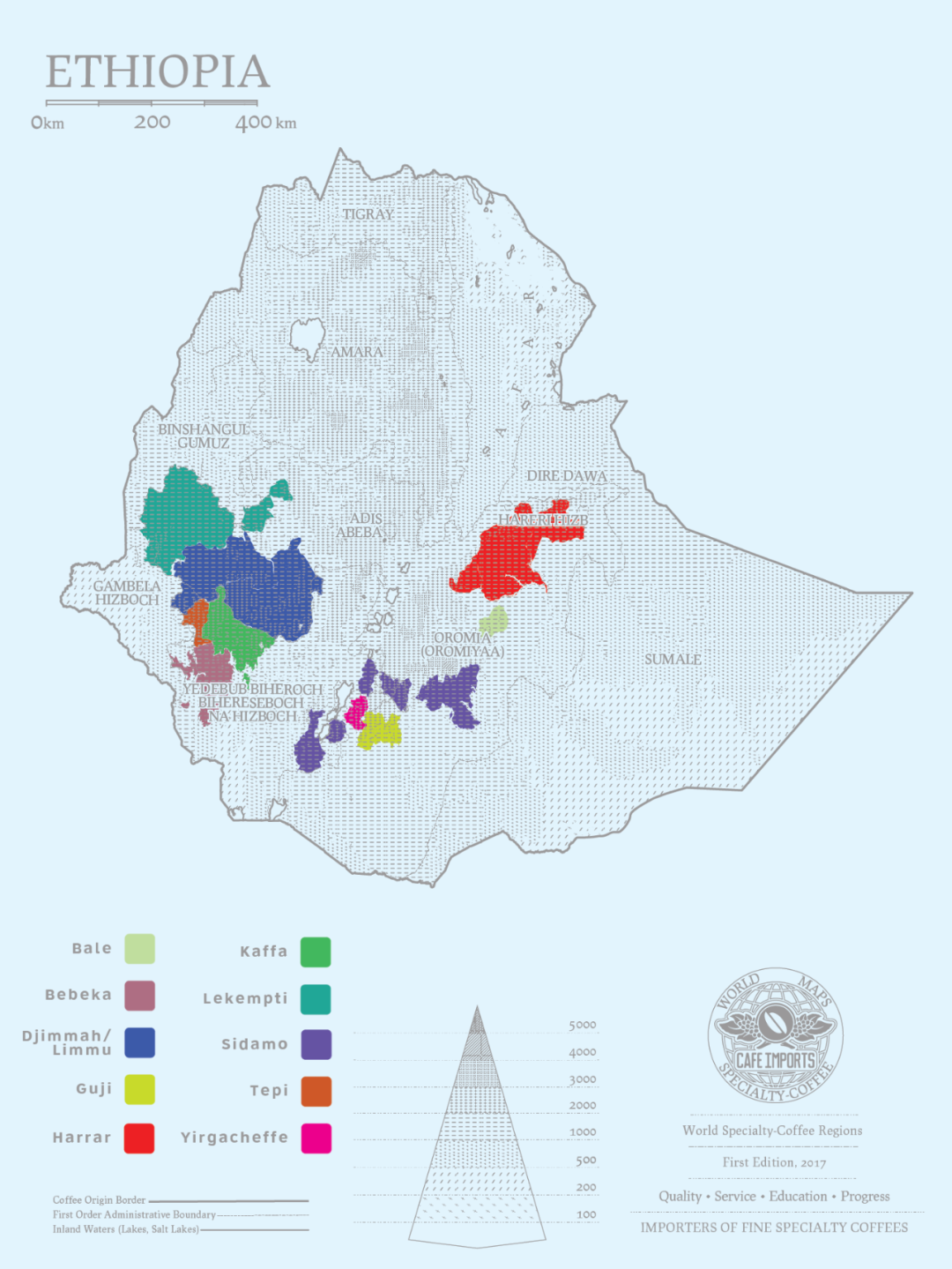
[Yega Chevy Red Cherry Coffee Grade] ECX (Ethiopia Mercantile Exchange Ethiopian Commodity Exchange) defines the defect rate of coffee beans as G1 and G2 respectively. G1 represents less than 3 defective beans per 300g raw beans, G2 represents 4-12 defective beans per 300g raw beans. In addition to red cherry coffee, there are many G1-level Yega Chevy coffee beans on the Qianjie coffee bean list, such as Kochel, Guotintin, Konga and so on. [coffee bean variety] Qianjie coffee bean label indicates that the variety of this coffee bean is native, which is different from that of many producing areas. This is because there are too many varieties of coffee in Ethiopia, just like the natural gene bank in Arabica. On the one hand, there are many varieties and it is difficult to identify and classify them. On the other hand, the Ethiopian government is unwilling and unable to disclose these varieties for protection reasons. However, Qianjie Coffee found that at the COE contest held in Ethiopia this year, Ethiopian beans also began to have different varieties of names, all named after numbers.
[sun treatment] Solar treatment is also known as natural treatment. High-sugar coffee cherries harvested by hand are exposed on an elevated shed or open space, and should be turned and stirred timely in the process of exposure to avoid uneven drying or excessive fermentation. Dry completely after 2-4 weeks until the water content reaches 12%. Use a sheller to remove the pulp and peel. At present, there is also a red cherry coffee bean using red honey treatment, Qianjie coffee after a period of bean selection, baking, cup testing and other links, selected a red honey red cherry coffee bean and put on the shelf, the guest response is also good. This red honey red cherry coffee, Qianjie coffee cup measured flavor is citrus, lemon, fruit sugar, the overall sweetness will be slightly higher than the sun red cherry coffee beans.
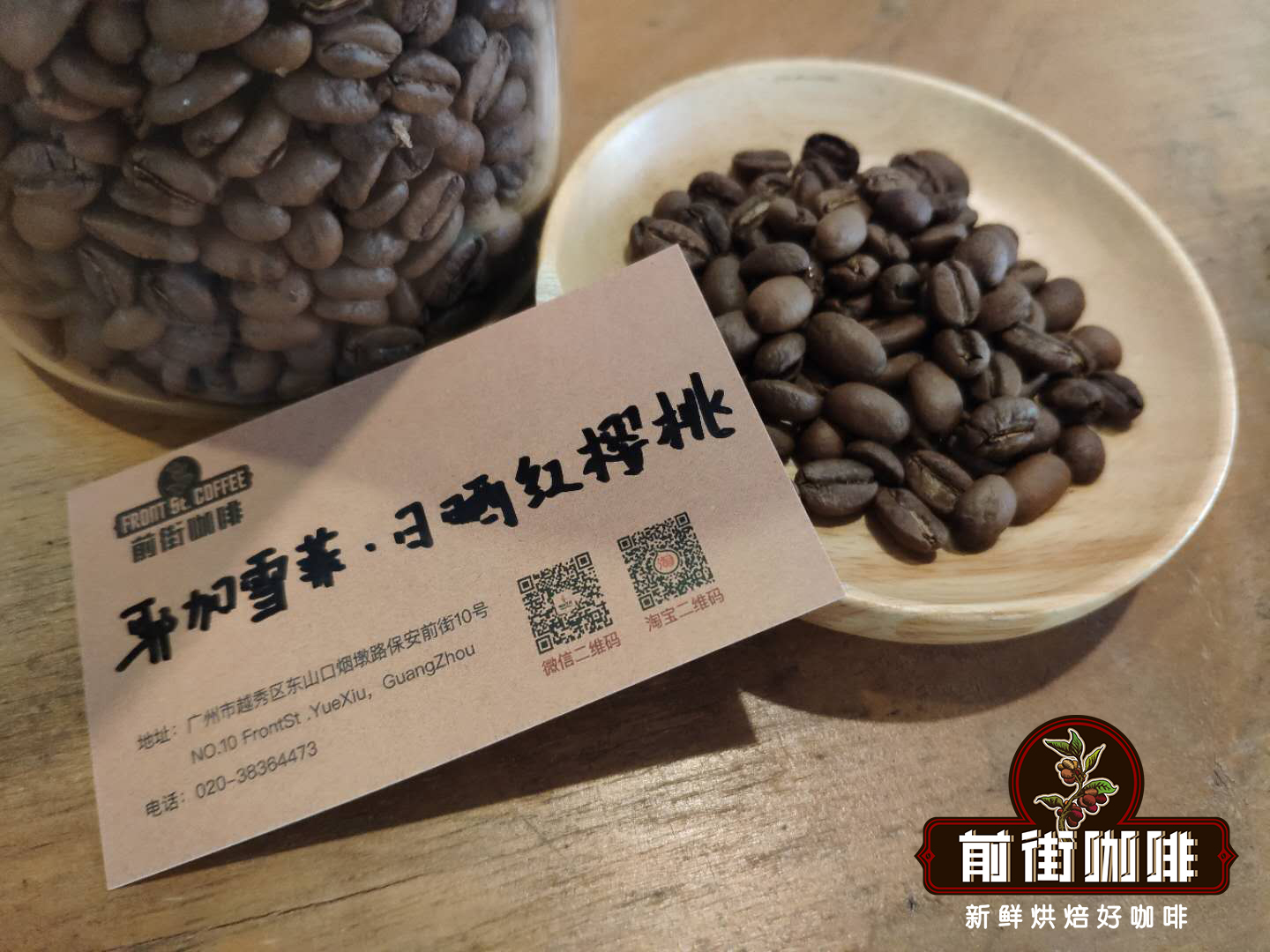
[red Cherry Project] the so-called red cherry actually refers to the red cherry project, jointly launched by Dutch trader Trabocca and local farmers, aimed at improving the quality of small-scale farms and picking coffee fruits, not only the fruits with high maturity of full red, but also by hand, and there are corresponding requirements for the treatment of coffee beans. However, Qianjie Coffee believes that the coffee beans that can basically be called boutique coffee can be called red cherry coffee beans, because the coffee beans in these producing areas are picked and processed using the strategy of the red cherry program.
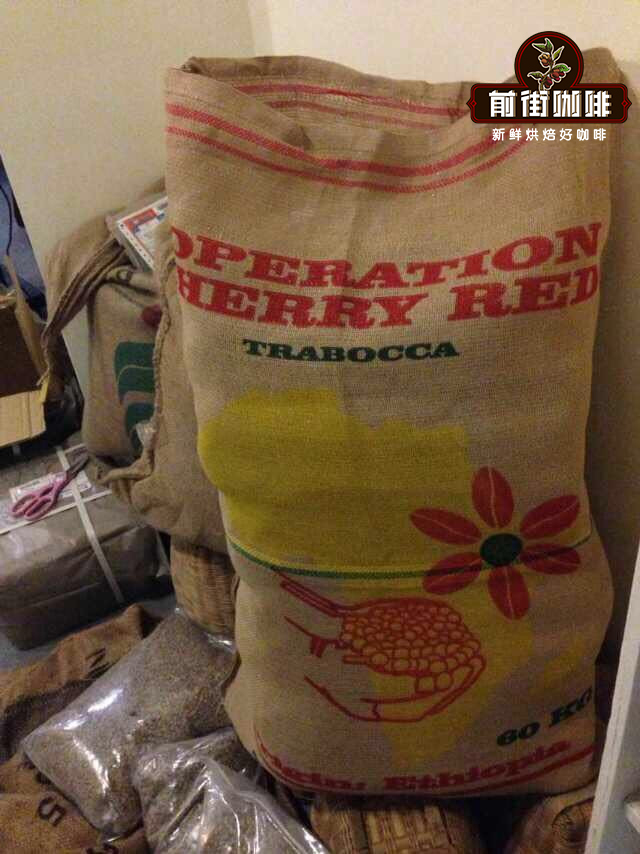
[Altland Manor] the average planting area of each small coffee farmer here is about 0.6ha, which is composed of hundreds of coffee growers with an altitude of nearly 2000 meters, a large climate difference and fertile soil, which provides an excellent growing environment. The raw bean itself exudes a strong aroma of raisins and fermented wine. Lemon, licorice, citrus, berries and oranges have a high overall sweetness. Huigan has the flavor of caramel and cream, with black tea aromas in the aftertaste. 2. Azaria, Kenya
Production area Sika processing plant Asali honey processing plant elevation 1550-1750m grade AA TOP variety SL28, SL34 treatment K72 washing
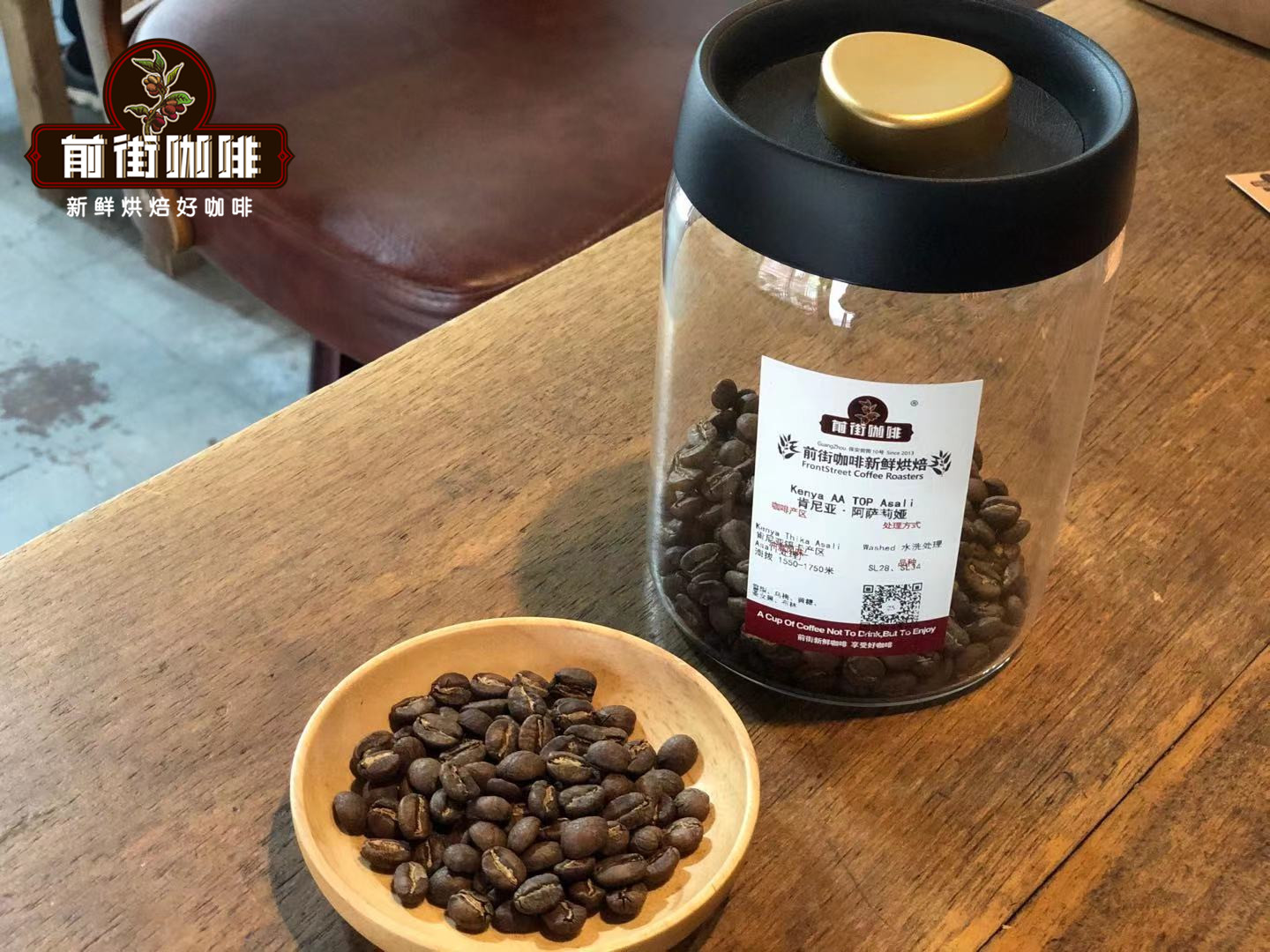
Kenya is also located in East Africa, bordering Ethiopia. Unlike Ethiopia, when coffee was introduced in Kenya near the 20th century, coffee was introduced by Britain, a colonial power, and the coffee economy was developed during the colonial period, and the whole coffee system tended to be carefully managed. The selection, grading and treatment of Kenyan coffee far exceeded that of many coffee producing countries at that time, and it was not until decades later that other countries realized the advantages of fine management and followed suit.
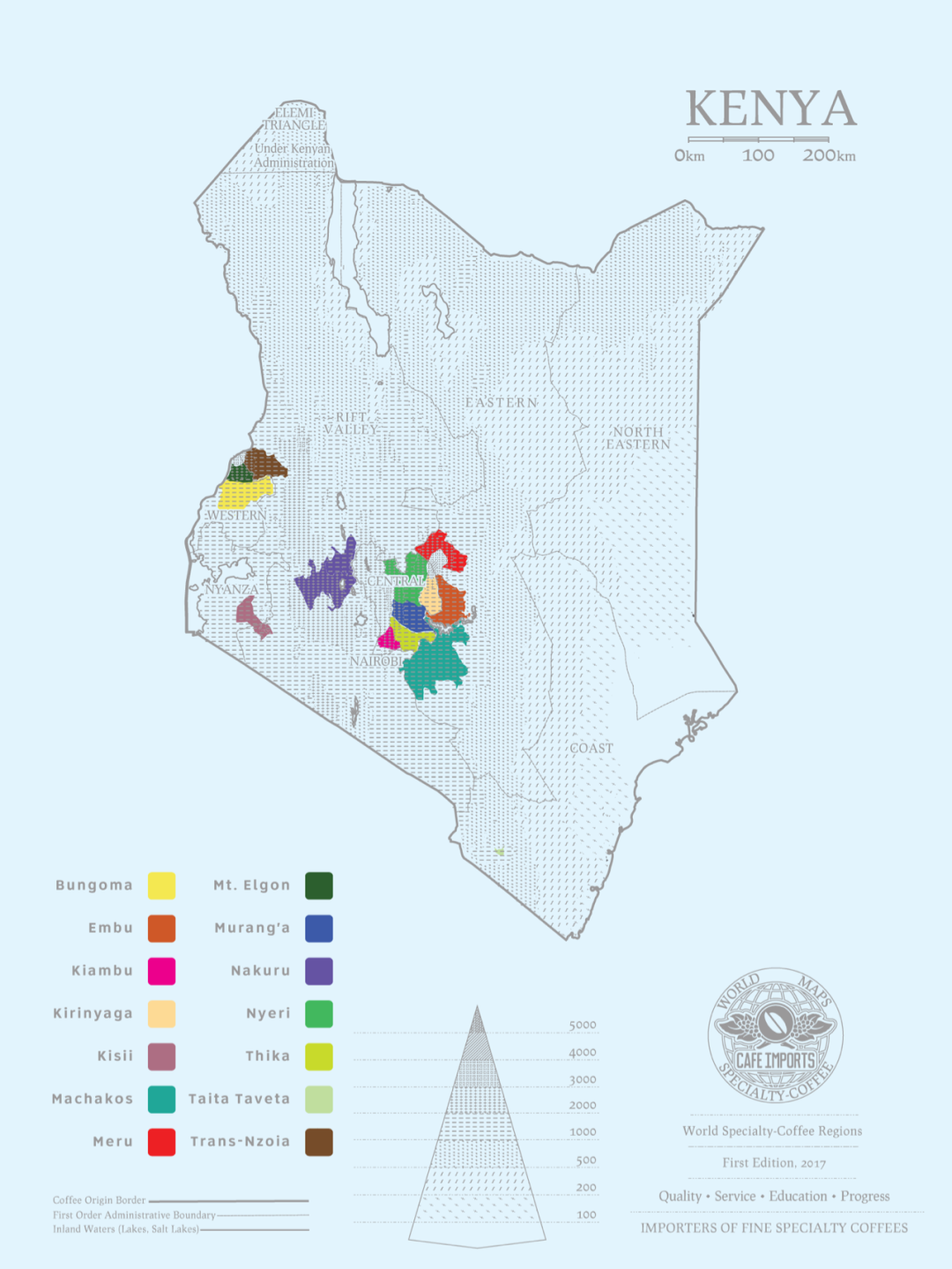
[Kenyan Coffee Grade] Kenya is graded by coffee bean particle size and cup test results. According to the size, shape and hardness of coffee beans, E, AA or AA+, AB, PB, C, TT, T from high to low. For the raw coffee beans of AA grade and AB grade, the special classification of cup test results (not officially recognized by Kenyan countries, made by exporters) is added, and the order from high to low is TOP, PLUS (+) and FAQ. It is obvious that Kenya is more elaborate than Ethiopia in the coffee bean grading system, and Qianjie Coffee often explains to guests why Ethiopian coffee beans are of different sizes. However, Qianjie Coffee believes that this is the most prominent feature of Essel coffee beans. Basically, when you look at the beans, you can quickly judge whether they are Ethiopian coffee beans or not.
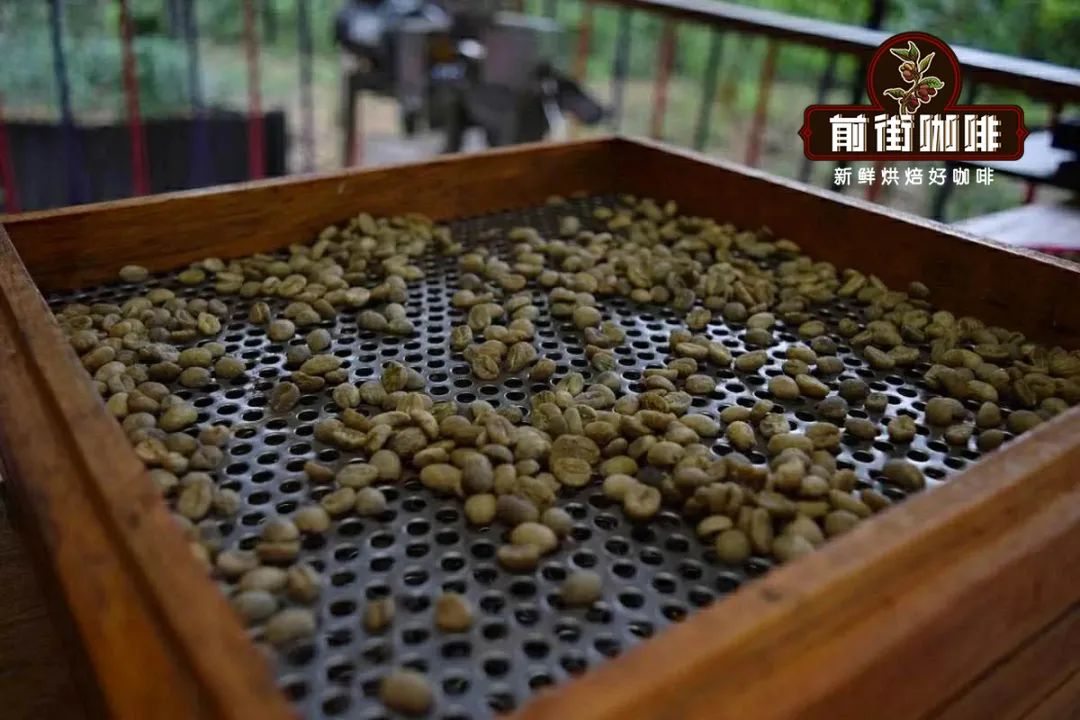
In 1922, Kenya established the Scott Agricultural Laboratory (Scott Labs) to engage in coffee cultivation research. In more than 10 years after its establishment, the laboratory selected SL28 and SL34 from 42 kinds of coffee, which provided a good start for the development of coffee industry. SL28 belongs to the bourbon gene group, with the original bourbon bright tonality and rich acid. The lineage of SL34 is closer to the gene of iron pickup, and its acid quality is milder than that of SL28. [K72 water washing treatment] Kenya's water washing method is famous all over the world, but it is different from the ordinary water washing method. Kenya's K72 treatment means that its water washing and fermentation time is as long as 72 hours, while the general water washing treatment rarely exceeds 36 hours. Such a long fermentation time has created the unique acidity of Kenyan boutique coffee. The treatment process is to first screen the mature coffee fruit, remove the peel and pulp, soak the tank and ferment to remove pectin, this process takes 72 hours, and then dry until the moisture content reaches 12%.
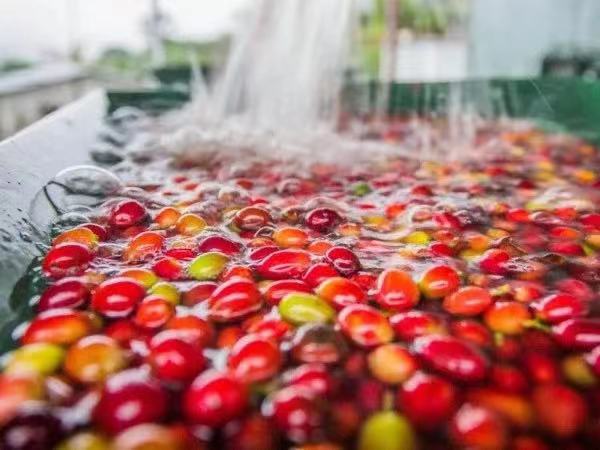
[Kenya Azaria Coffee Flavor description] Virgin fruit, berry aromas, obvious acidity in the mouth, a sense of juice, outstanding sweetness in the middle, and a sense of tea in the aftertaste. 3. Gesak, Rwanda
Water washing with Kaddura, Kaduai and bourbon treatment methods for varieties of Kaddura, Kaduai and bourbon at an altitude of 1500m above sea level in the treatment plant of Nyamasheke area in the west of the producing area.
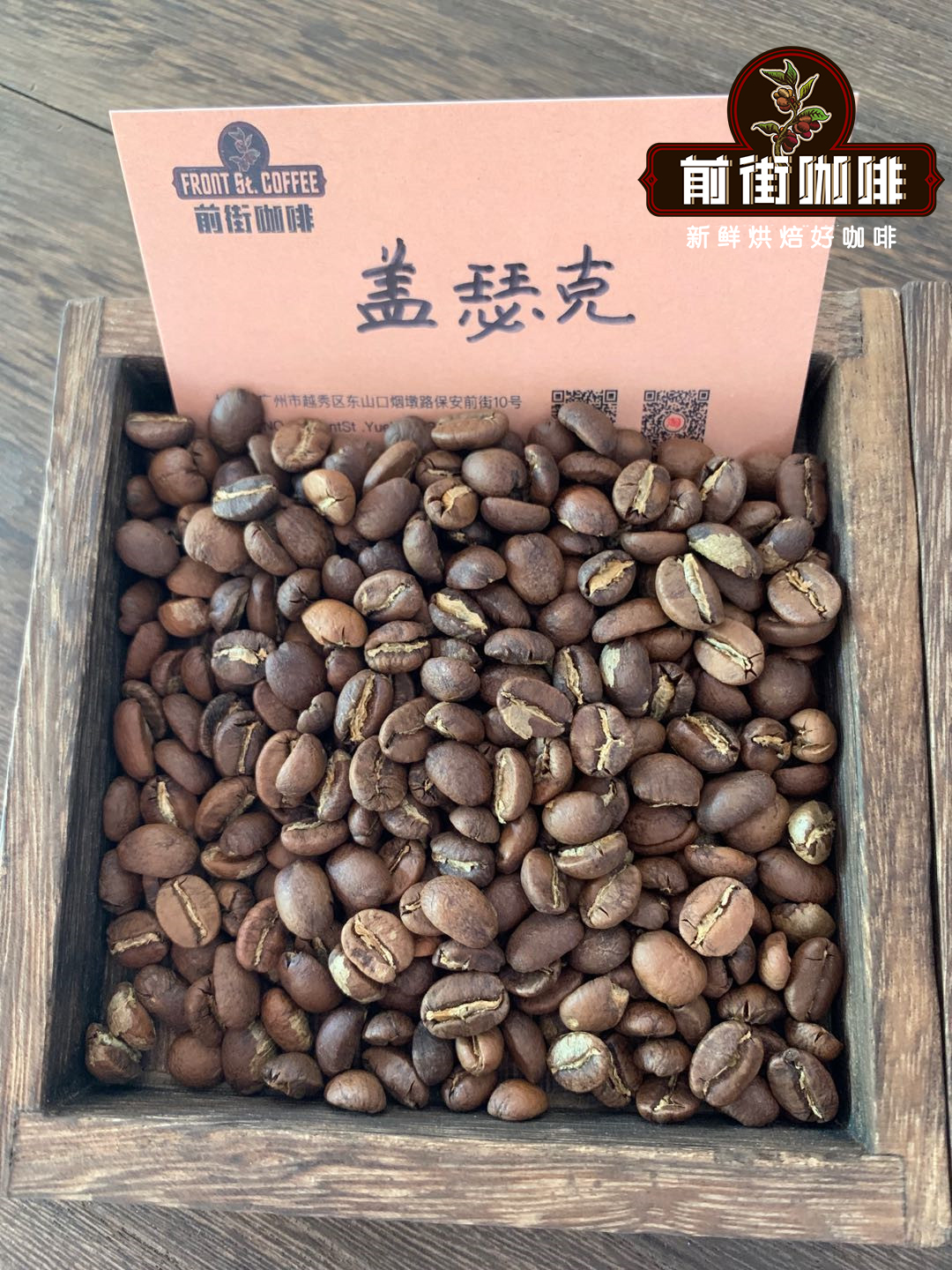
Rwanda is currently one of the most concerned coffee producers. Qianjie Coffee has found that the quality of coffee beans in this African country is no less than that of Ethiopian coffee beans, so it has been repeatedly roasted and cup tested recently, and finally identified a Rwanda coffee bean with outstanding flavor. Rwanda is blessed with an ideal coffee growing environment, including high altitude, stable rainfall, volcanic soil and organic environment, while beans are very prosperous bourbon. Rwandan coffee basically does not use chemical fertilizers or pesticides. The fertilizer in the soil comes from the natural mulch on the ground, as well as the traditional fertilization method. The vast majority of Rwandan coffee is produced by small farmers, with about 500000 farmers, individually owning less than one hectare of farmland. Although Rwanda has a long history of coffee production, the quality has not improved significantly until recently.
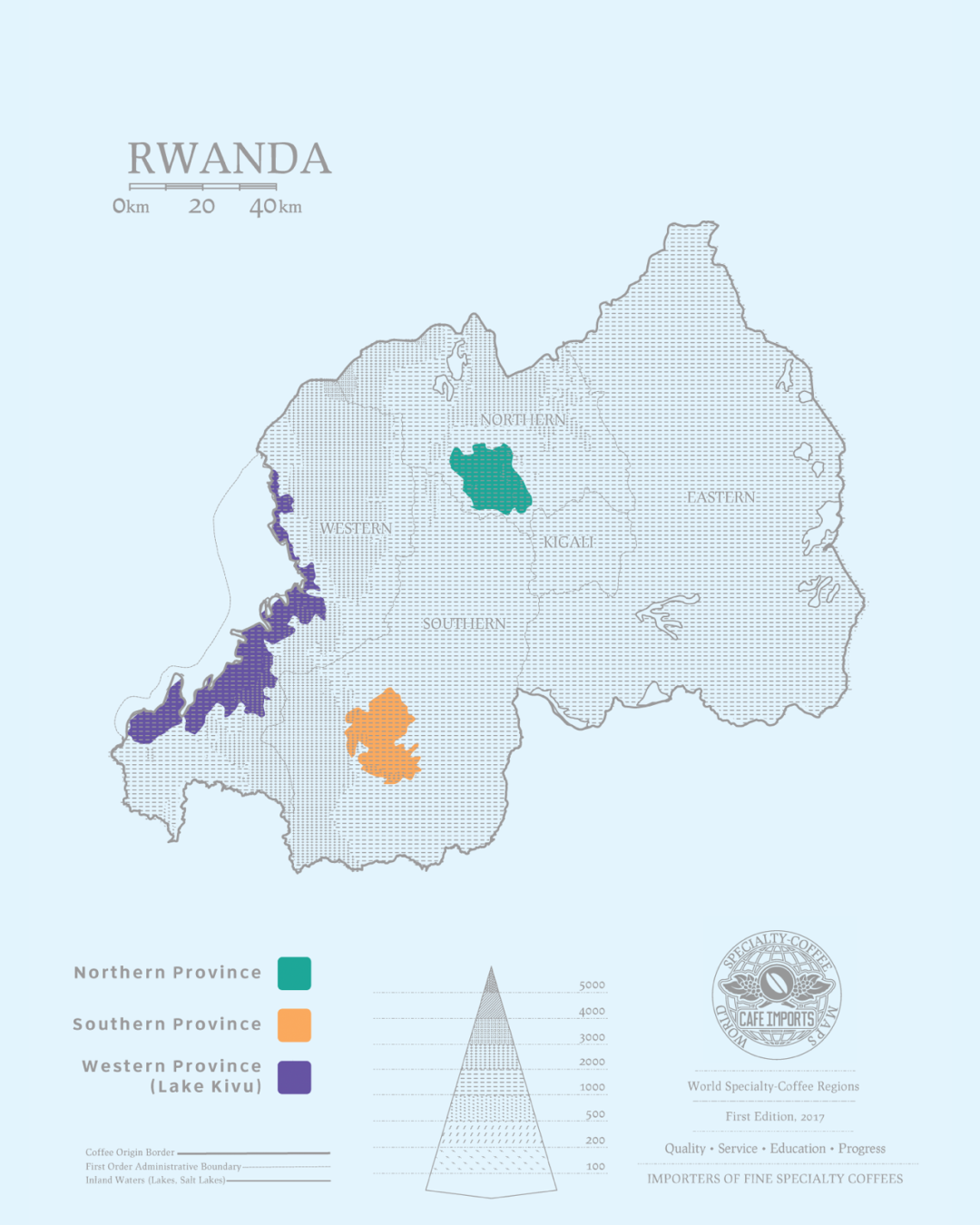
Fidele Ndagijmana, a young trader in Nyamasheke area, saw the development potential of fine washed coffee in Rwanda. He applied to the government for the construction of the Gaisek washing plant, which successfully produced 170t coffee berries in the first year. He used the off-season to improve and expand the production equipment, which can provide better production machines and better storage environment when the next harvest season comes. The excellent trader has also won himself more land near the processing plant to grow. [coffee bean variety] Bourbon coffee variety is the second species caused by the mutation of iron pickup coffee variety. Generally speaking, when it comes to bourbon coffee varieties, it will default to red bourbon coffee varieties, because its mature color is red. Bourbon coffee variety characteristics: all have obvious dark chocolate, cocoa, nut, caramel flavor, supple acidity, low bitterness. There are several bourbon beans in Qianjie Coffee, such as Brazil Red Bourbon, Queen's Manor Yellow bourbon and so on. While maintaining the flavor characteristics of bourbon coffee varieties, there are regional flavor differences, which will be introduced below.
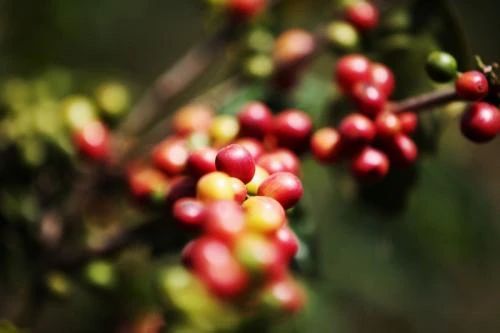
Kaddura is a natural mutant dwarf variety of bourbon, which is more high-yielding than bourbon. It was first discovered in Brazil and started to grow commercially. The altitude of 1500-1700m is suitable for planting. Kaddura is characterized by bright acidity and low to medium consistency. It has less clarity and sweetness than its parent bourbon. Qianjie coffee has a sour taste of lemon or citrus in the cup test, but it is not as sweet as iron pickup and bourbon. Kaduai is a hybrid of New World and Kaddura. It not only inherits the advantages of Kaddura's low stature, but also makes up for the weak disease resistance of Arabica varieties. The result is solid, and it is not easy to fall when the strong wind blows. The biggest regret is that its overall flavor is slightly more monotonous than Kadura. [washing treatment] Rwanda coffee beans are mainly treated with water washing. Every year during the harvest period, farmers pick ripe coffee cherries and concentrate them on the washing plant for processing. First, it is selected by hand to ensure that no immature or damaged fruit is mixed in. Then remove the pericarp, wash and ferment for 12-18 hours in a cool and low temperature environment, and wash the adhered pectin in the channel. During the drying process of the scaffolding, the members of the washing plant will turn manually and take care of them carefully to ensure that the raw beans with shells will not lose moisture or dry unevenly in sufficient sunlight, until the moisture content stability of raw beans is reduced to less than 14%.
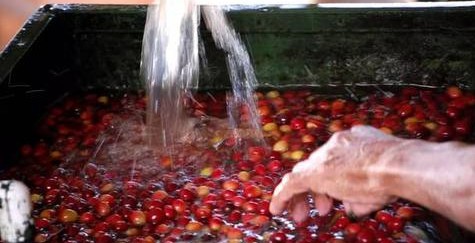
[Rwanda Gesak Coffee description] aromas of virgin fruit and citrus, with distinct citrus, berry and plum aromas on the palate, with nuts in the middle and honey sweetness in the finish. Coffee beans from Latin America are recommended. 4. Panamanian butterfly
In the producing area, Pokuit is washed by 1600-1650m grade SHG varieties Rosa (70%), Kaddura and Kaduai treatment.
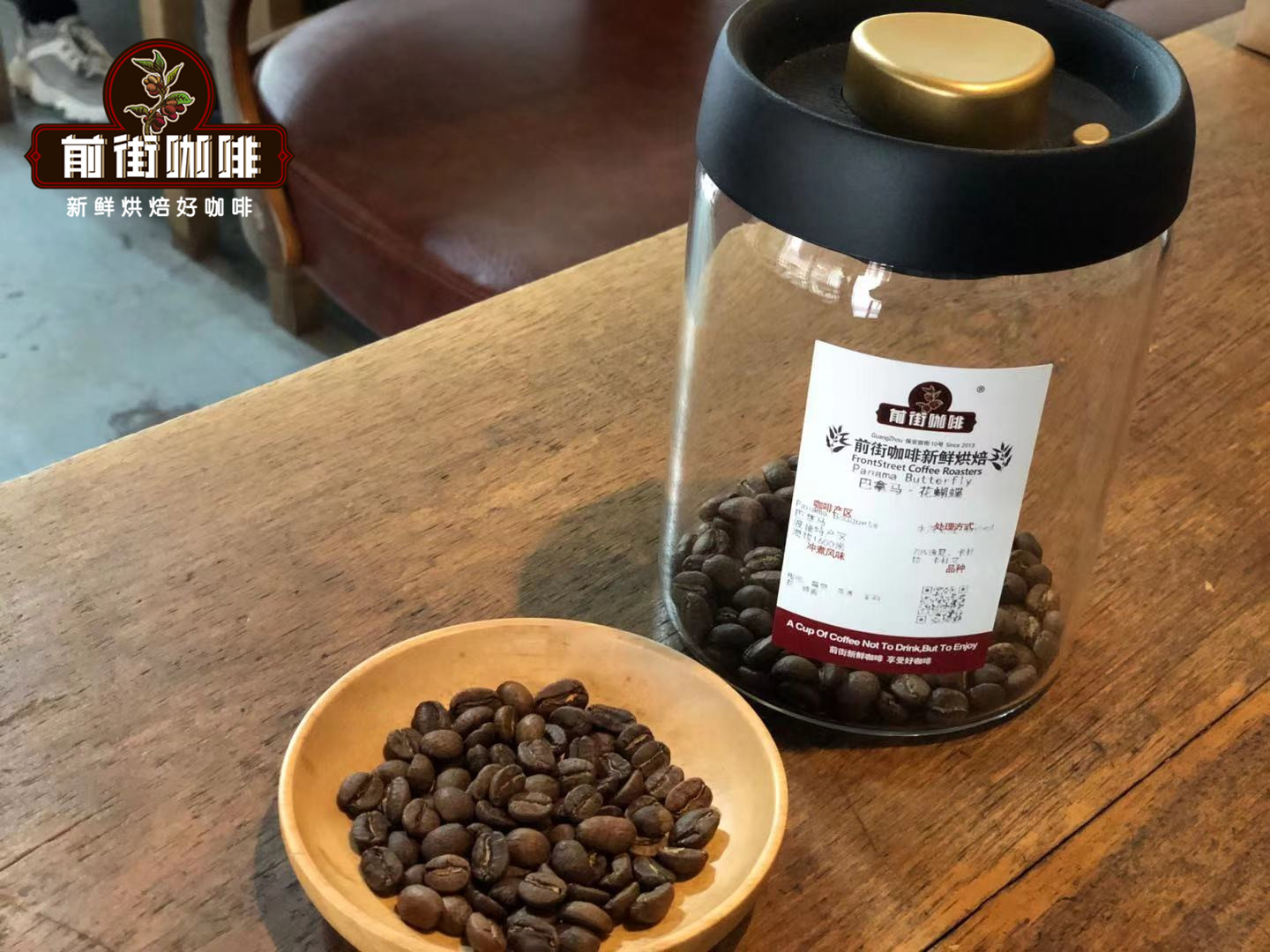
Panama is a Central American country bordered by Costa Rica to the west and Colombia to the east. Panamanian coffee came to Panama with European immigrants in the 19th century, when Panama had been independent from Spain for about 50 years, but as an agricultural product, Panamanian coffee did not really gain a foothold until the past 20 years. In terms of climate, Panama is near the equator, with a tropical maritime climate, humid during the day and cool at night, with an annual average temperature of 23-27C °, drought and rain throughout the year, and an average annual precipitation of 1500-2500 mm.
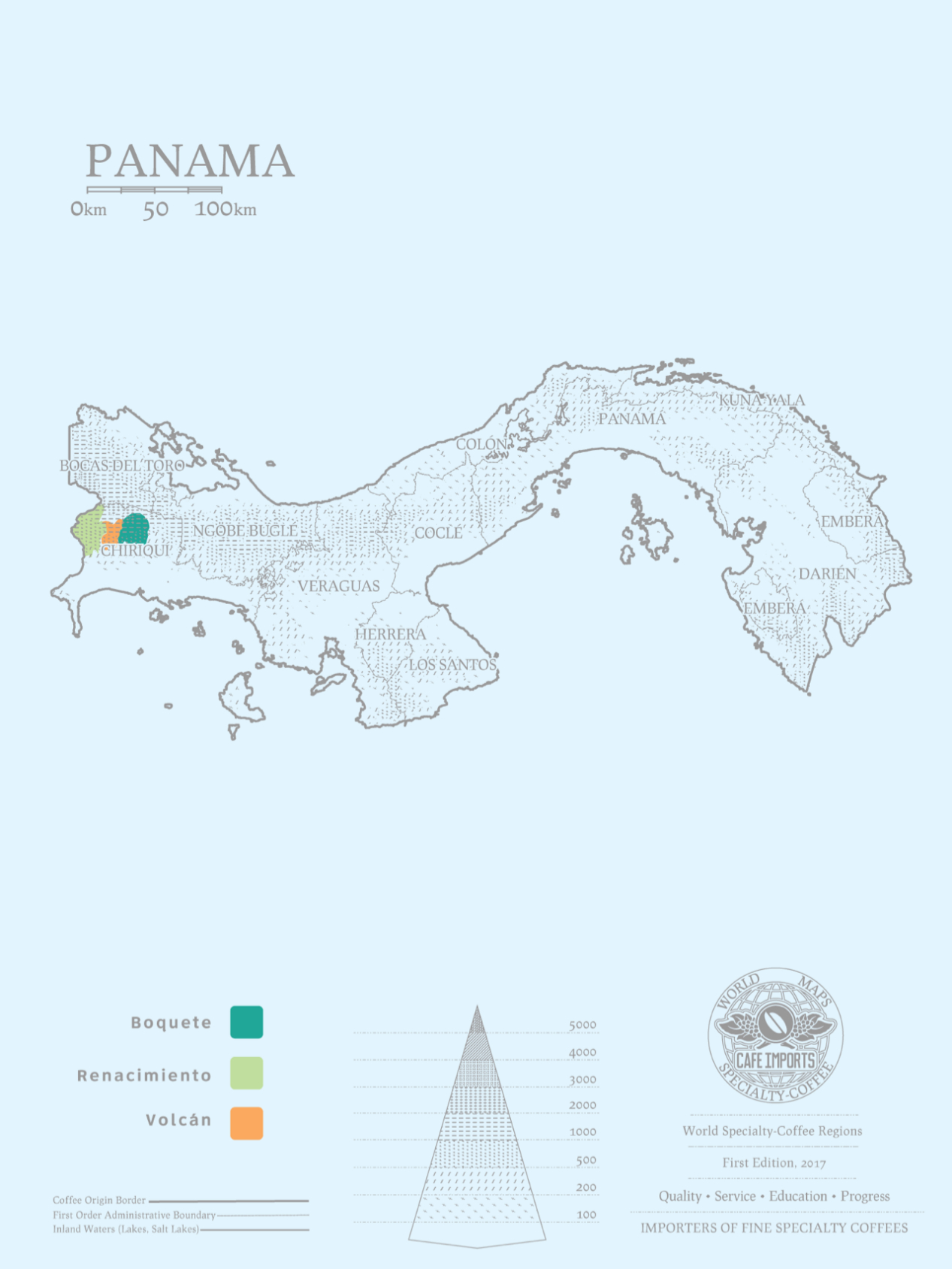
[Panamanian Coffee Grade] SHG: full name Strictly High Grown, growing above 1200 meters above sea level HG: full name High Grown, growing at 900-1200 meters above sea level CS: full name Central Standard, growing at 600-900m [coffee bean varieties] Flower Butterfly is composed of 70% rose summer coffee varieties, composed of Rosa geisha, Kaddura Caturra, Kaduai Catuai, and surprisingly, on the basis of very excellent quality. The very people-friendly price makes the performance-to-price ratio of this coffee bean.
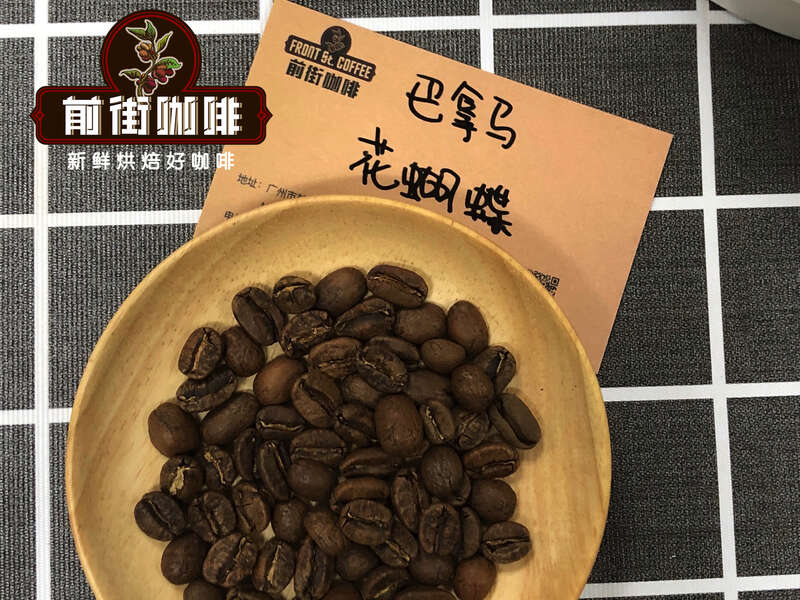
[washing treatment] after picking the coffee fruit, remove the floating beans, remove the peel and pulp, and then soak the coffee beans in the fermentation tank. The enzymes in the water will soften the pectin, and the natural yeast will decompose the sugar in the mucus. This process is called fermentation. After the fermentation is completed, the coffee beans are moved to the sun field to dry. In the process of drying, the coffee beans need to be turned constantly to ensure the uniformity of drying until the moisture content is 12%. Many customers will ask what is the difference between washing and insolation. The answer to Qianjie coffee is very simple, that is, washing highlights sour and sunlight highlights sweetness, because the substantial difference between the two operations lies in whether they retain the role of pulp. Sun exposure retains the flavor of flesh, while washing does not. It is also obvious from the appearance that a display area has been set up in the Qianjie coffee shop, which is used to distinguish different kinds of coffee beans. There will be a silver line in the middle of the washed coffee beans, which is silver residue, while the sun-cured coffee beans do not. [Panamanian Flower Butterfly Coffee flavor description]
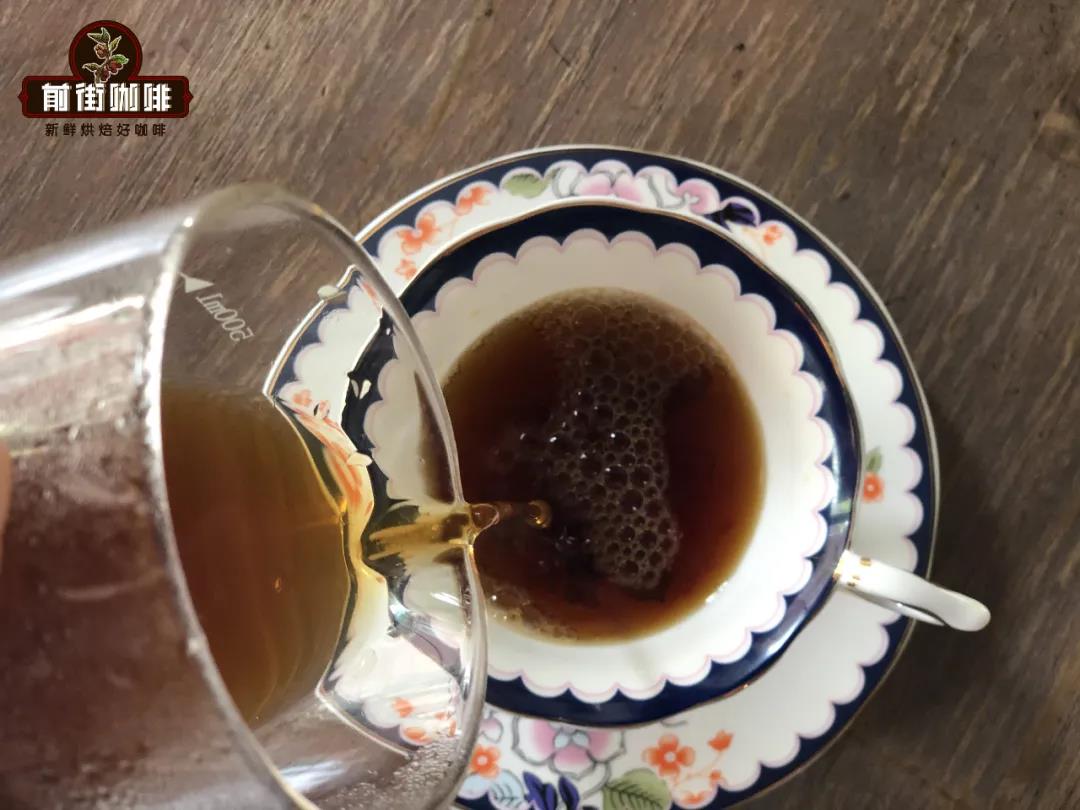
Floral, black tea, berry, citrus, slightly nutty finish, smooth taste, low bitterness, moderate acidity, medium finish. 5. Brazilian Queen Manor
Production area Morgiana Manor, São Paulo State Queen Manor, elevation 1400-1950m Variety Yellow Bourbon Treatment Semi-sun
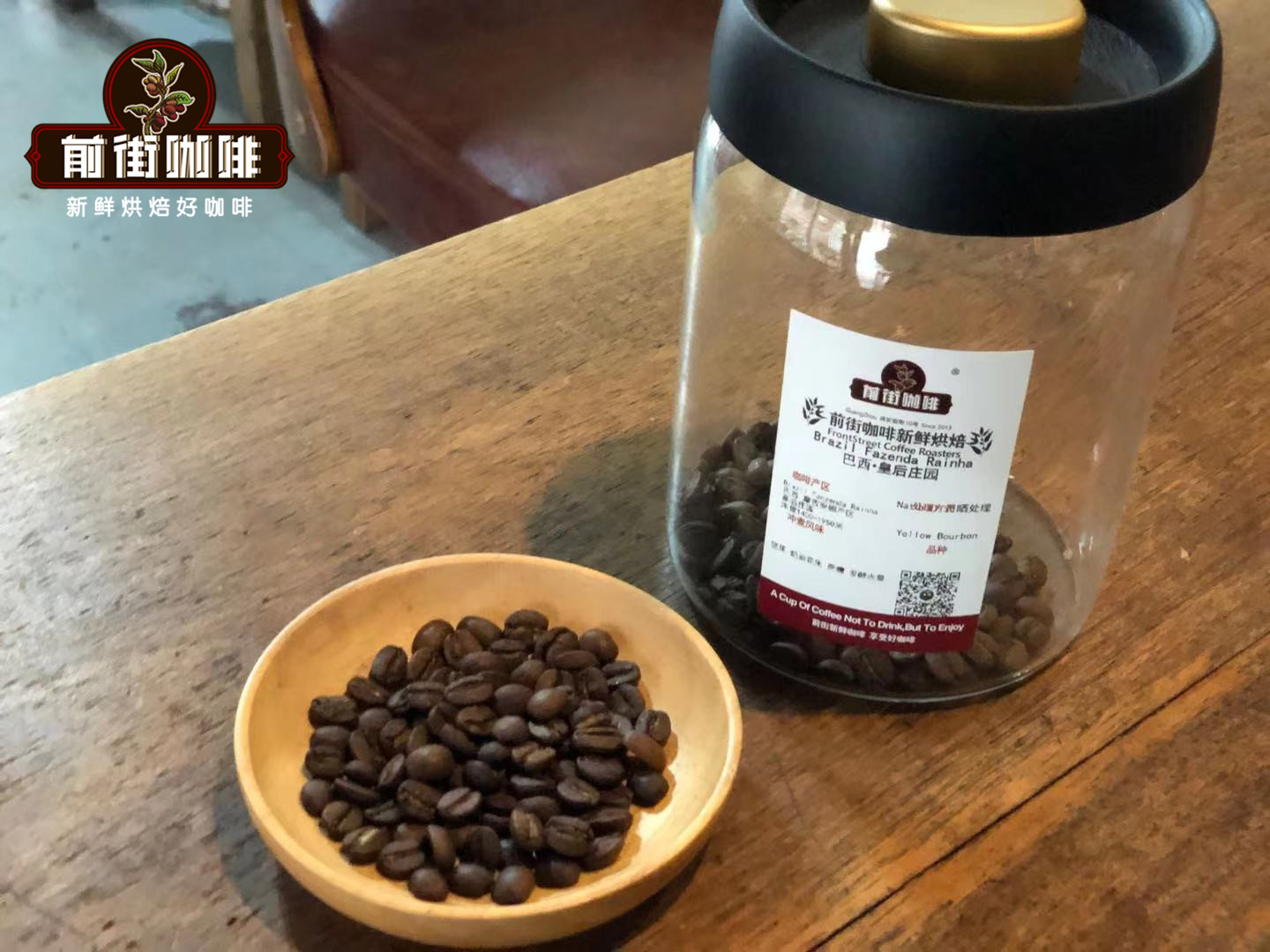
Brazilian coffee beans were introduced from French Guiana (a country in northern South America) in 1720. Brazil was then a colony of Portugal, while many of the other South American countries were colonies of Spain, so most of the countries in South America spoke Spanish, while Brazil spoke Portuguese. In order to introduce Guyanese coffee beans to Brazil (which was severely prohibited from other countries at the time), Portuguese officers stationed in Brazil captured the heart of the Guyanese governor's wife and succeeded in bringing coffee seeds to Brazil. Since then, coffee has adapted rapidly in Brazil, spreading from the north to the southeastern state of Sao Paulo. By 1845, Brazilian coffee beans accounted for 45% of the world's coffee beans and became the main source of income in the state of Sao Paulo. Top 10 Coffee Brands in Brazil
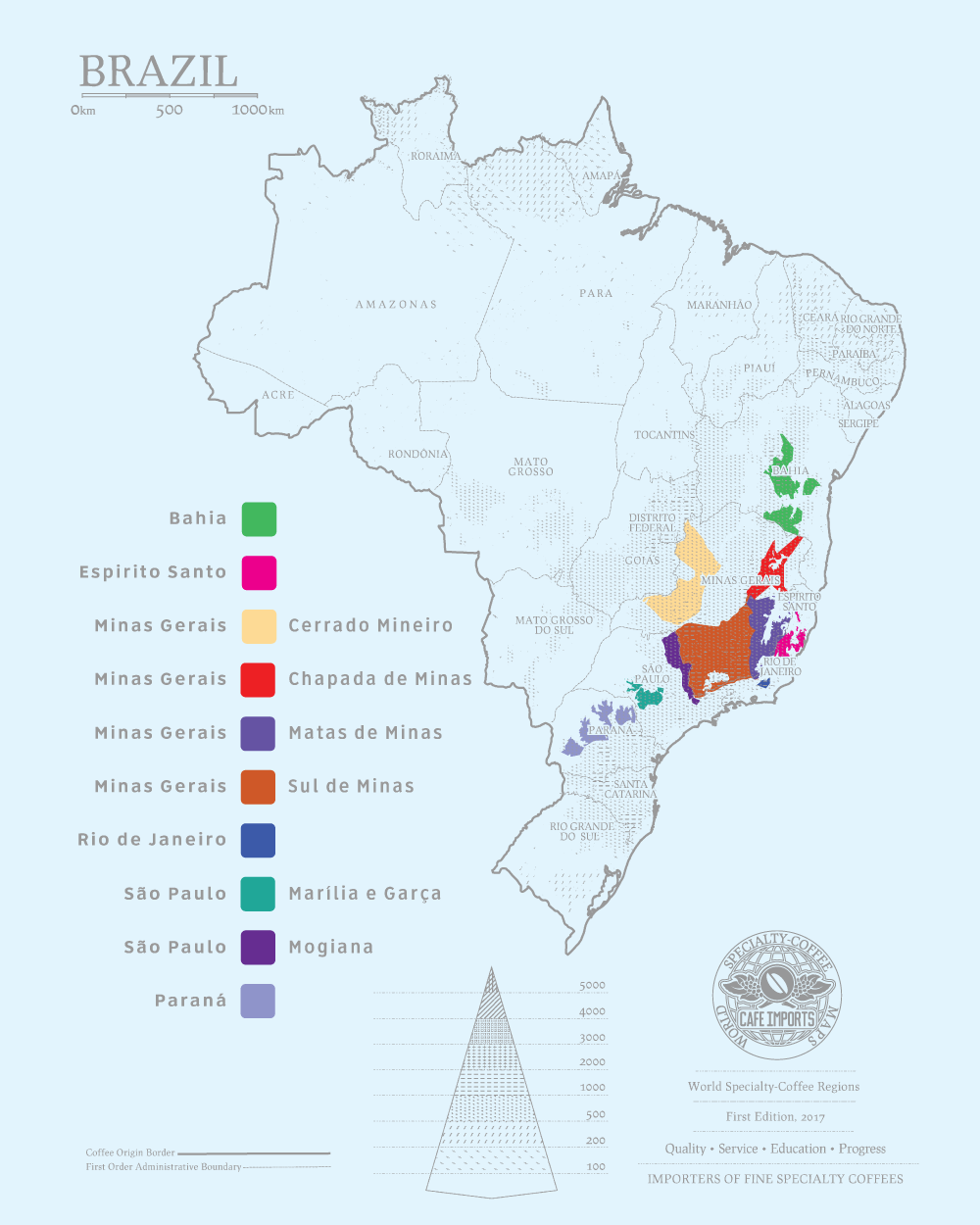
[Brazilian Coffee Grade] Brazil has a relatively low altitude among many coffee-growing countries in Central and South America, so Brazil does not emphasize hard beans that can only be grown at high elevations, as in other countries such as Colombia. Instead, coffee beans are graded by particle size, defect rate, cup score and flavor. Flavor grades: from high to low, Strictly Soft is very supple, Soft is very supple, Softish is a little supple, Hardish is not palatable, Rioy iodine choking taste. Classification of defect rate: according to the number of defective beans, 6 defective beans are NY.2 for every 300g raw beans. Completely flawless beans can become NY.1, while completely flawless beans are rare and unable to maintain a certain supply, so among the raw beans in Brazil, the best is NY.2.
Types
Number of defective beans (per 300 grams)
NY.2
six
NY.2/3
nine
NY.3
thirteen
NY.3/4
twenty-one
NY.4
thirty
NY.4/5
forty-five
NY.5
sixty
NY.5/6
> 60
Cup test quality classification: from high to low, Fine Cup, Fine, Good Cup, Fair Cup, Poor Cup, Bad Cup. FC (Fine Cup) and GC (Good Cup) are more common. Particle size classification: in Brazil, the largest number of coffee beans is 19 mesh, but the yield is not much, so 17 mesh, 18 mesh is the highest grade. Top 10 Coffee Brands in Brazil
Types
Quality
NY.2
17-18 mesh FC
NY.2/3
14-16 mesh FC
NY.3/4
DD Quality
NY.4/5
14-16 mesh GC
Top 10 Coffee Brands in Brazil
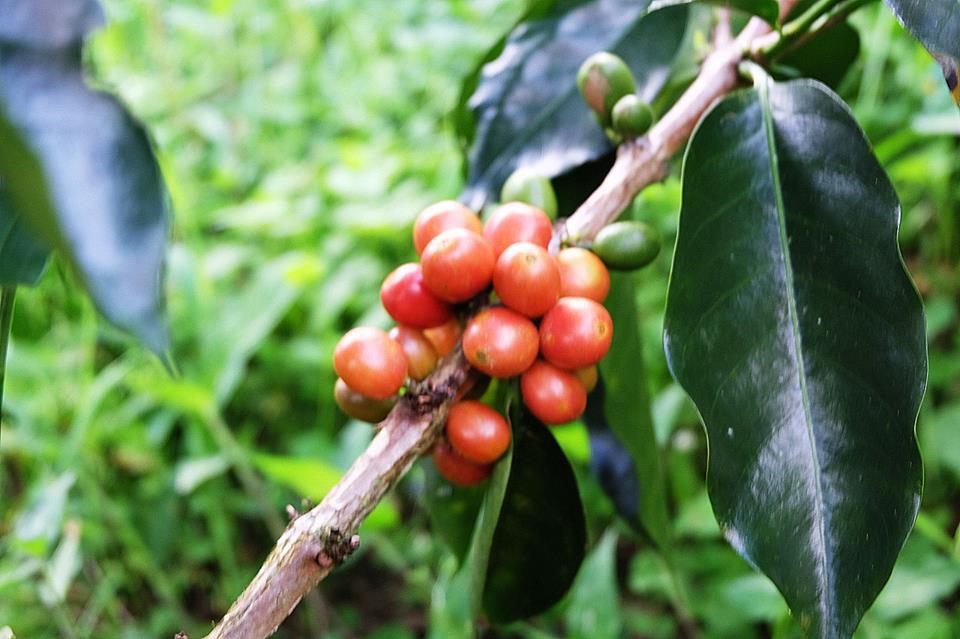
[coffee bean variety] Bourbon coffee variety is the second species caused by the mutation of iron pickup coffee variety. Generally speaking, when it comes to bourbon coffee varieties, it will default to red bourbon coffee varieties, because its mature color is red. Yellow bourbon does not refer to the immature state of red bourbon, but the cross between bourbon and the variety of iron pickup with yellow fruit, the ripening consequence is yellow, and it has not been widely planted because of its low yield and relatively intolerant to wind and rain. [half-sun treatment]
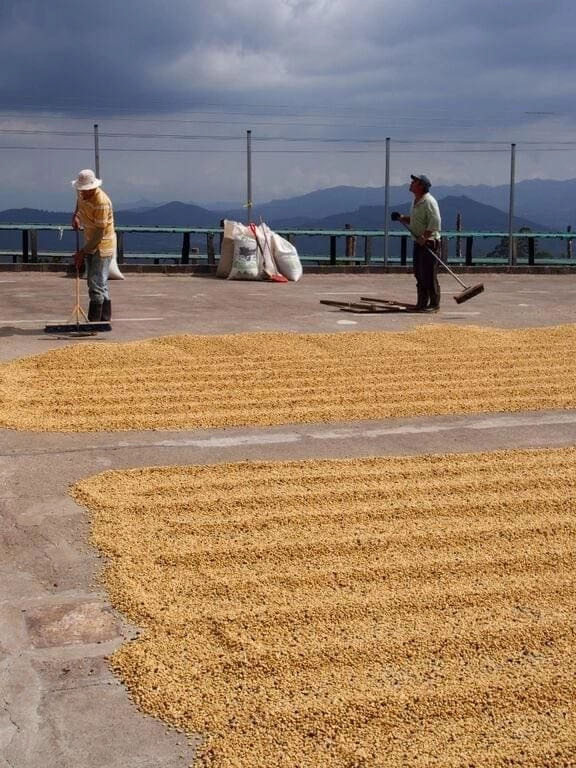
Half-sun treatment, after screening suitable coffee fruit, remove the peel, pulp and part of pectin, with a small amount of pectin to air until the moisture content is 12%. [Brazilian Queen's Manor Coffee flavor description] full-bodied nutty, dark chocolate flavor, fermented fruit, with obvious sweetness, with a hint of lemon aroma, the overall feeling is more round. Top Ten Coffee Brands in Brazil 6. Shirley of Honduras
Intibuc á province Masaguara Manor Moca Manor 1500-1700m above sea level varieties Kaddura, Kaduai, Pacas treatment delicate washing whisky Shirley barrel fermentation
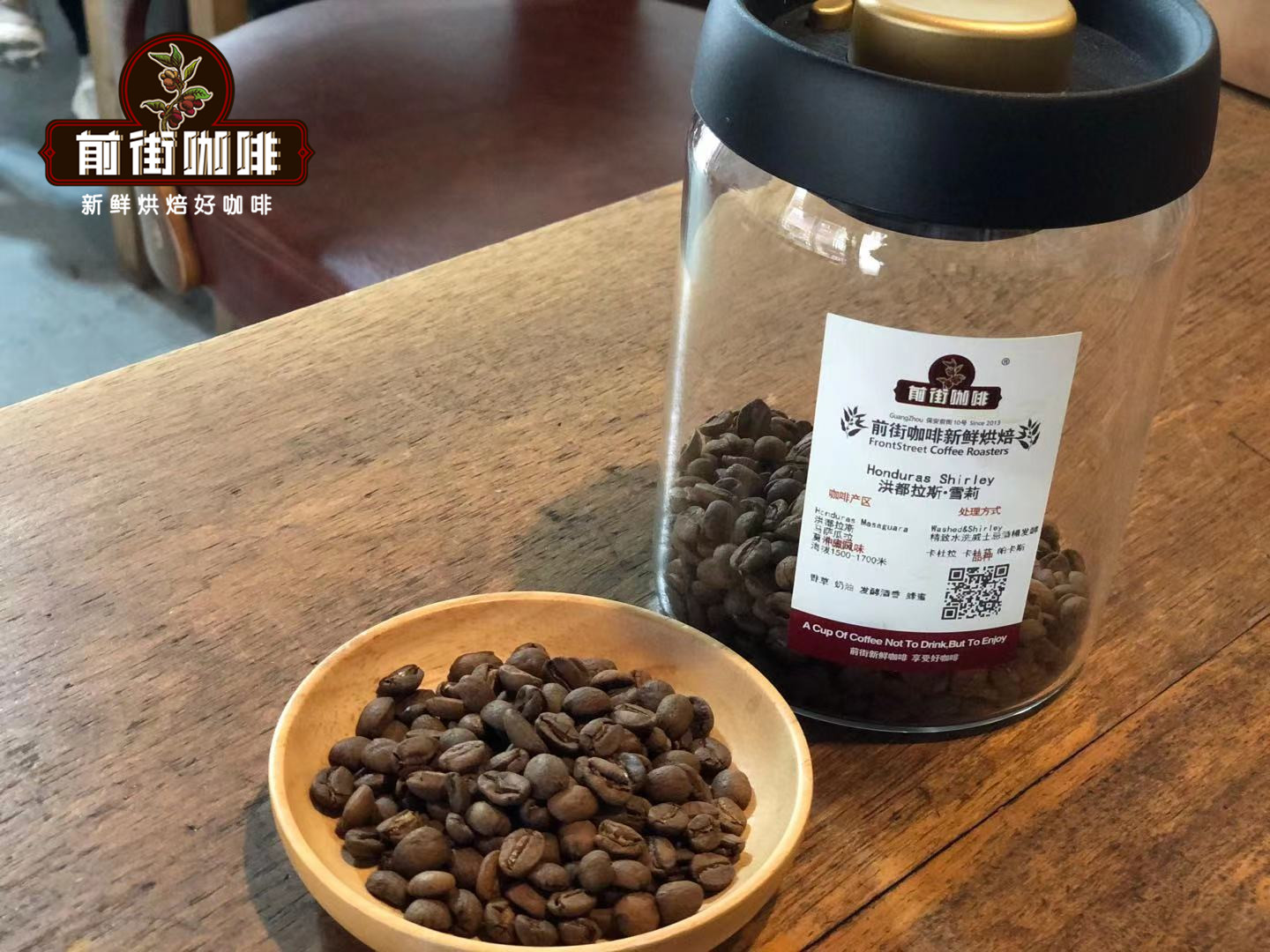
Honduras is located in the north of Central America, facing the Caribbean Sea to the north, the Gulf of Fonseca in the Pacific Ocean to the south, Nicaragua and El Salvador to the east and south, and Guatemala to the west. It is mostly mountainous and plateau, with a tropical climate, mild temperature and abundant rainfall. It is an ideal place for coffee growth. There are 280000 hectares of coffee plantations in Honduras, mainly small coffee plantations, most of which are less than 3.5ha. These coffee plantations account for 60% of all coffee production in Honduras.
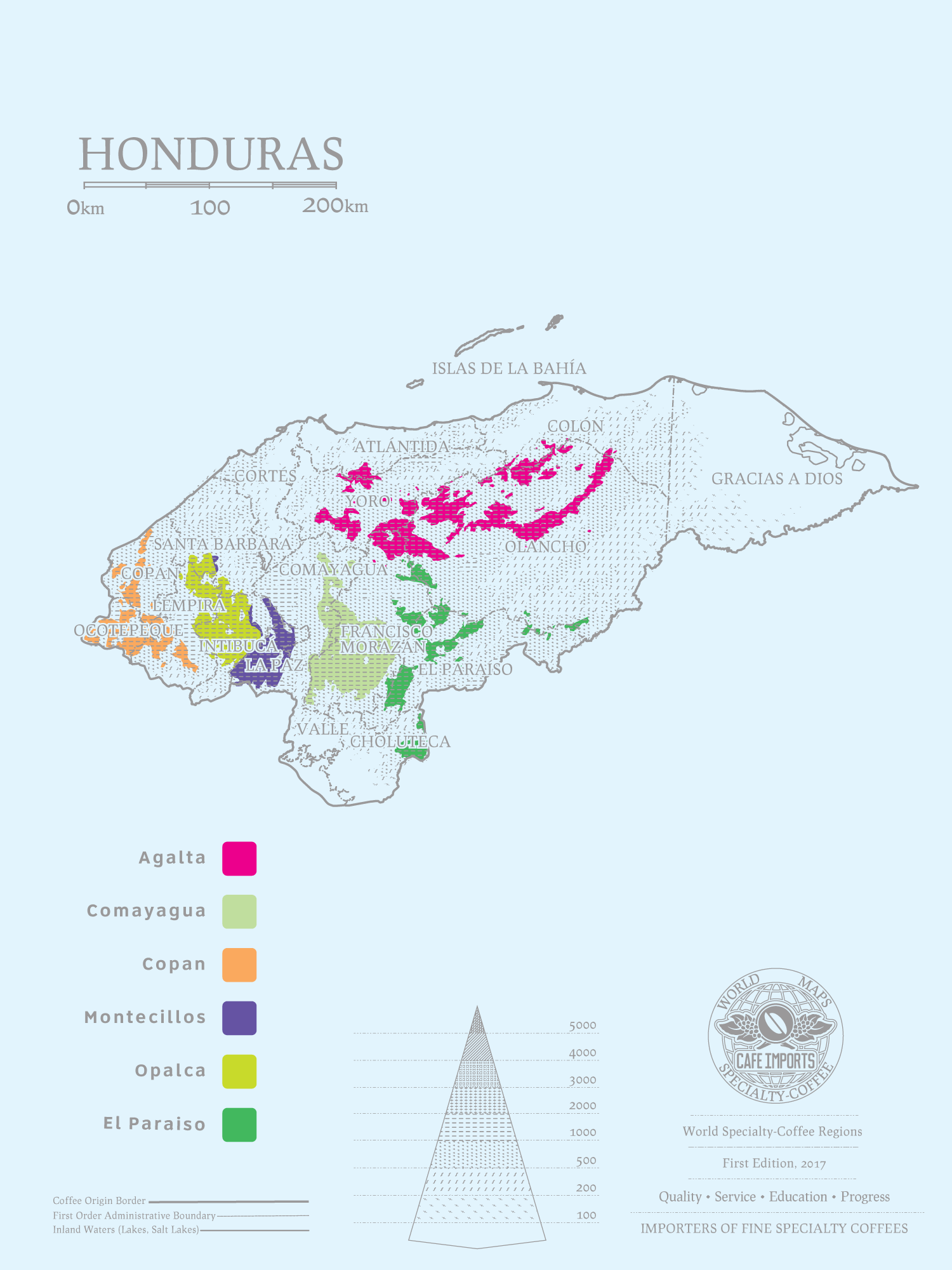
There are mainly six coffee producing areas in Honduras, namely, Copa á n, El Paraiso, Comayagua, Opalaca and Montecillos,Agalta. The average planting altitude is 1000-1600m, and the main varieties are Bourbon, Caturra, Typica, Catuai and Pacas. Moca Manor is not in the six major producing areas, but in Masaguara, a city in Intibu á province in southwestern Honduras.
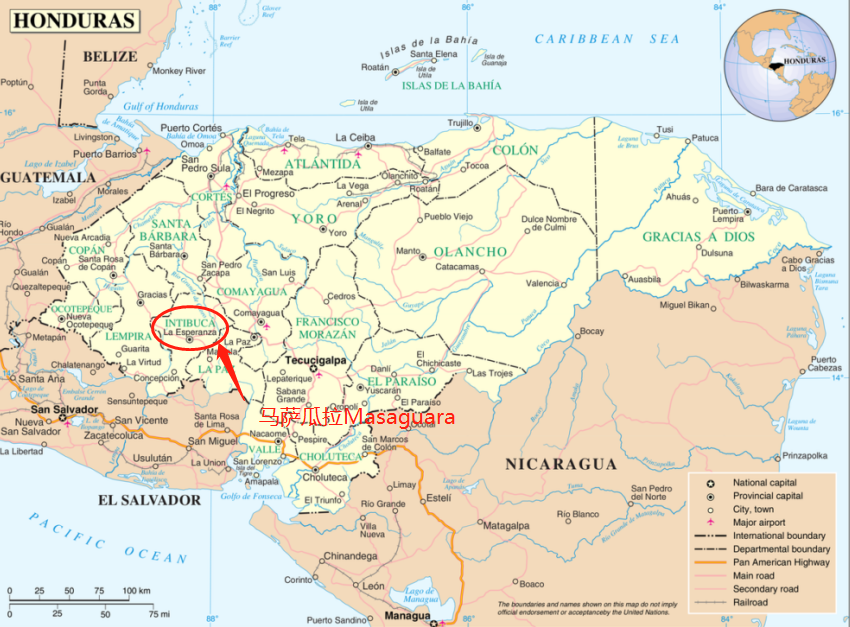
[coffee bean variety] Shirley coffee beans are composed of Kaddura, Kaduai and Pacas coffee beans. Kaddura and Kaduai were already introduced when Rwanda coffee beans were introduced, but there is not much explanation for Qianjie coffee here. Pacas is a natural variant of bourbon found in El Salvador. In 1935, Salvadoran coffee farmers implanted selected San Ramon bourbon into the manor. In 1956, Pacas's friends found that a few coffee trees had higher results than most coffee trees. Gwell, a professor at the University of Florida, came to identify it as a bourbon gene mutation, and named it after coffee farmer Pacas. Pacas is very popular in Central America because of its high output and good quality. [refined water-washed whisky Shirley barrel fermentation] the barrel fermentation method draws lessons from the wine technology. its greatest impact on wine is that the wine stabilizes the wine structure through moderate oxidation and integrates the aroma of the barrel into the wine. it also plays a similar role in the process of coffee fermentation.
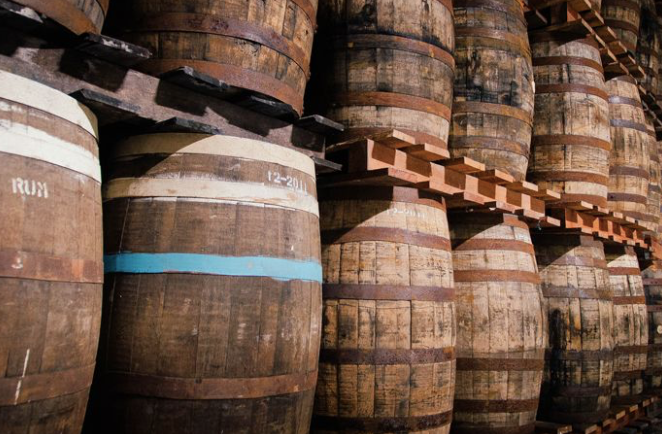
This bean is fermented in a delicate water-washed whisky sherry barrel. The freshly picked coffee fruit is carefully washed, then put into a barrel ripe into sherry and fermented at a low temperature for 30-40 days (about 15-20 ℃), before drying in the shade. Shirley buckets are used by the Sherry winery in the whisky industry to make aged buckets. Sherry goes through the ripening process of Solera system Solera System in the process of making sherry. This process refers to the process of mixing and aging different vintages of sherry after strengthening, which is also the unique feature of the formation of sherry flavor. This special treatment of coffee beans is very popular this year, and several barrels of fermented coffee beans on the Qianjie coffee bean list are also very popular with guests, such as lychee orchid coffee beans like brandy, Hartman coffee beans like red wine, San Jose coffee beans like rum and so on. [Honduran Sherry Coffee Flavor description] obvious aromas of wine, vanilla, cream, balance, cocoa finish and moderate acidity. 7. Jamaica Blue Mountains
Producing area Newcastle area Manor Clifton Manor 1310m above sea level Blue Mountain No.1 variety iron pickup washing method
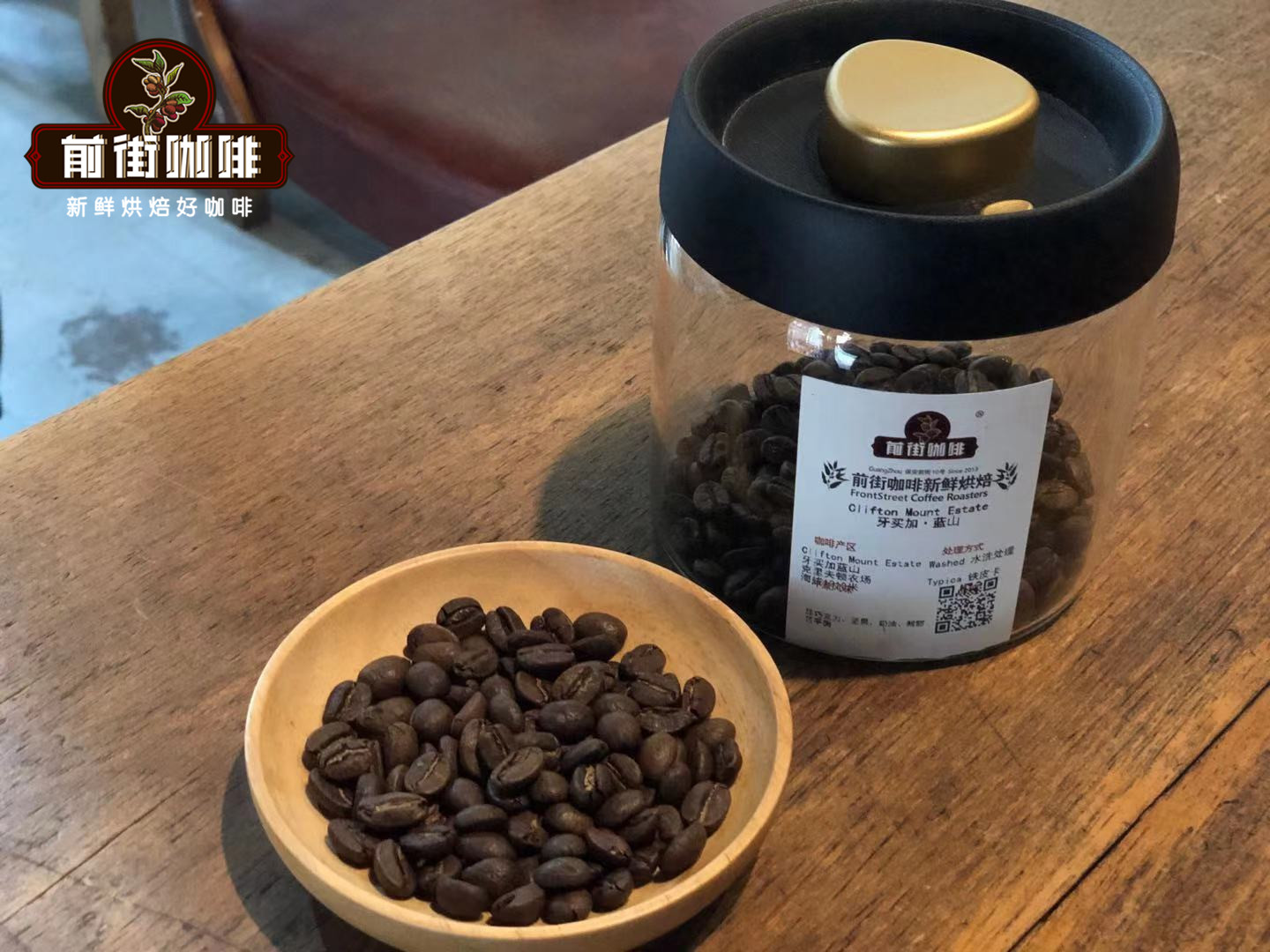
Jamaica is an island in the Caribbean. The Blue Mountain of Jamaica is the highest mountain in the Western Caribbean (2256 meters high). The unique flavor of Blue Mountain coffee is related to the unique geographical location and climatic conditions of the Blue Mountains. Blue Mountain is located in the coffee belt of 25 degrees north latitude, with fertile new volcanic soil, fresh air, no pollution, rainy all the year round, high humidity and large temperature difference between day and night. The soil here is rich in nitrogen and phosphorus, which is very suitable for the growth of coffee. Fertile volcanic soil, regular rainfall and under the island's hazy clouds keep it away from the hot sun. The combination of all these factors led to the Blue Mountain Coffee.
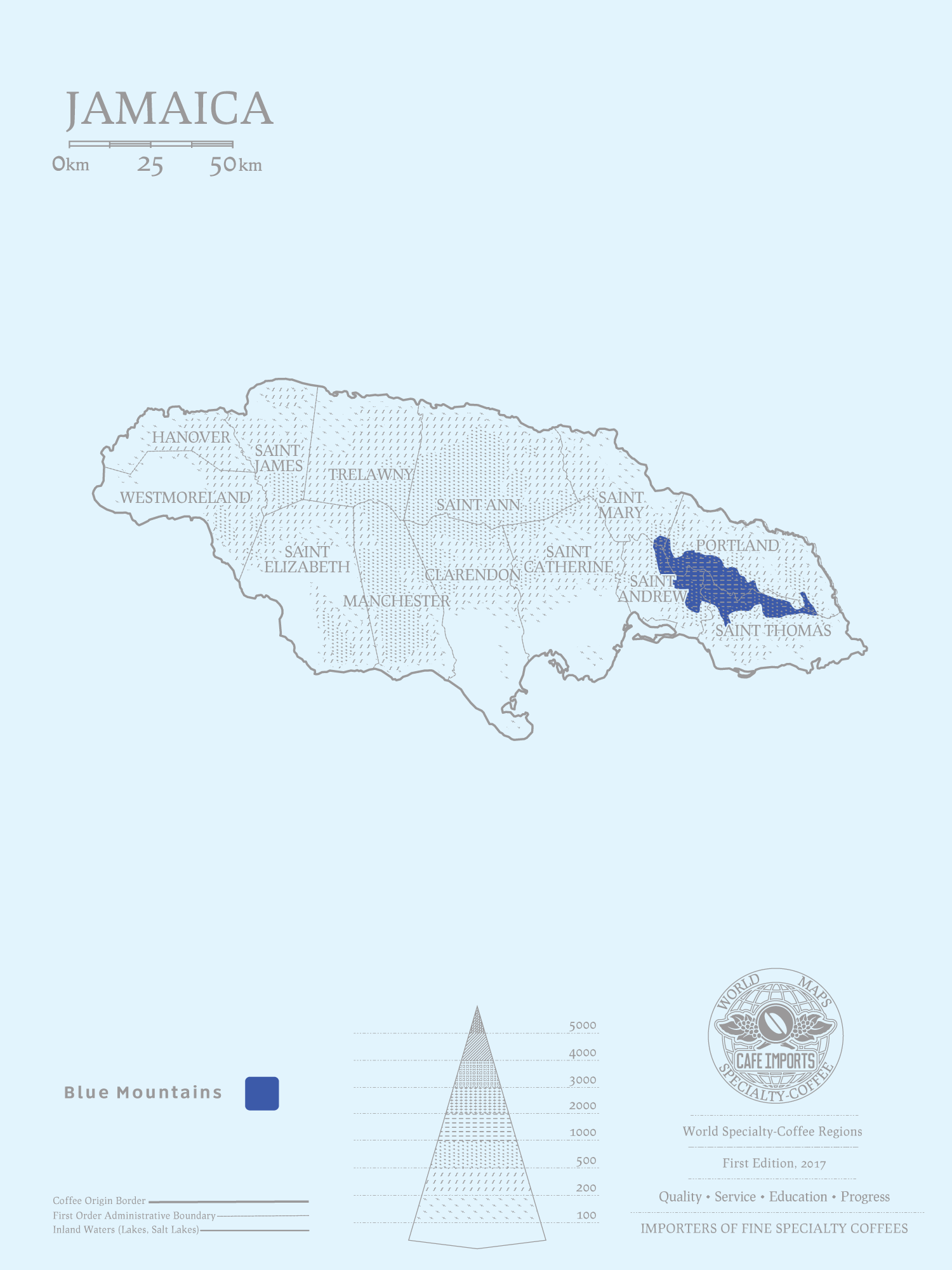
[Jamaica Blue Mountain Coffee Grade] there are three grades of coffee in the Blue Mountain area of Jamaica: blue Mountain Coffee (Blue Mountain Coffee), Alpine Coffee (Jamaica High Mountasin Supreme Coffee Beans) and Jamaican Coffee (Jamaica Prime Coffee Beans). Among them, Blue Mountain Coffee and Alpine Coffee are each divided into two grades. In terms of quality, the order from top to bottom is: blue Mountain 1, Blue Mountain 2, Gaoshan 1, Gaoshan 2, Jamaican Coffee. The Blue Mountain Coffee selected by Qianjie Coffee has the highest grade, which is Blue Mountain one. From top to bottom in terms of quality, NO.1, NO.2, NO.3 and PB,PB are round beans. According to the standard of CIB, the basic standard of blue mountain raw bean of NO.1 is beans with more than 17 mesh, defect rate less than 3%, moisture content about 13%, and so on.
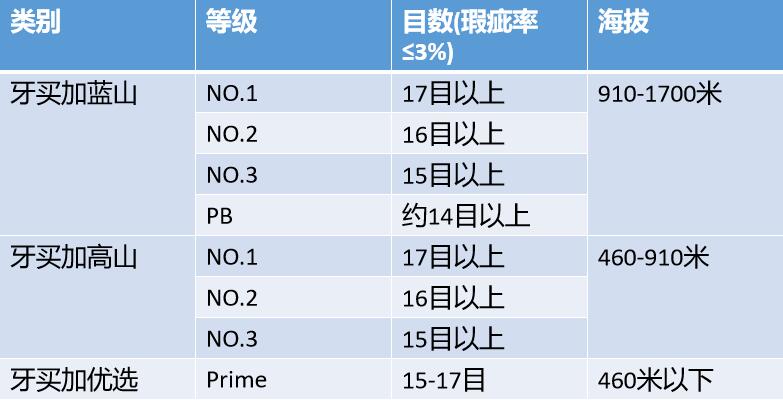
[coffee bean variety] Typica originated in Ethiopia and southeastern Sudan, is one of the oldest Arabica species, the top leaf is red copper, known as red top coffee, also known as the old variety of small grain coffee. Because of the low yield and the difficulty of cultivation, the price is much higher than the ordinary small-grain coffee. But its taste performance is excellent, it is recognized as a boutique coffee variety. [washing treatment] after picking the coffee fruit, remove the floating beans, remove the peel and pulp, then soak the coffee beans in a fermentation tank to soften the pectin, wash and remove the pectin constantly, and move the coffee beans to the sun field to dry. In the process of drying, you need to constantly turn the coffee beans to ensure the uniformity of drying until the moisture content is 12%. [Clifton Manor]
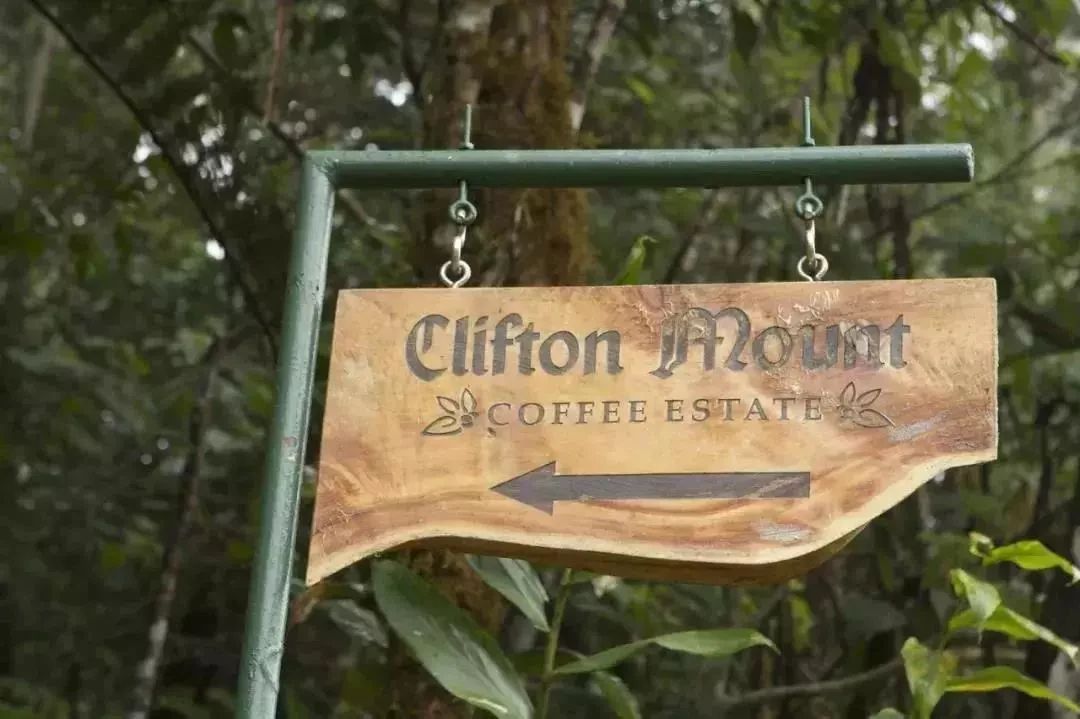
The Blue Mountain area is a small area with a planting area of only 6000 hectares, and it is impossible to grow all the coffee marked "Blue Mountain" there. Today's Clifton Manor is the largest estate in the area and is also small-scale cultivation by international standards, many of which are small landowners whose families have been working on the land for two centuries. Clifton Hill is an ancient coffee producer that is still functioning in Jamaica, and only Clifton Farm in Jamaica has a "tropical rainforest" logo. The logo can be certified only if it meets the Sustainable Agricultural system Standards, and there is a rainforest certification mark on the barrel. Clifton Manor began to grow and produce coffee as early as the mid-18th century (around 1750). The coffee planting and processing area here falls at an average of 4300 feet (1310.64 meters), with sufficient altitude, mild afternoon cloud shade, adequate sunshine and mineral-rich planting soil to provide good growth conditions for coffee plants. it also prolongs the ripening of coffee cherries.
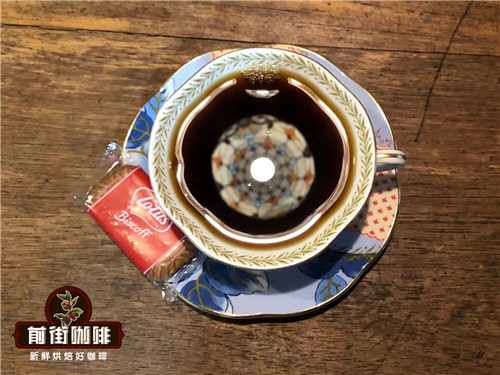
[Jamaica Blue Mountain Coffee Flavor description] the taste is full-bodied and mellow, with a perfect combination of sweet, sour and bitter flavors. Asian coffee beans are recommended 8. Indonesia Gold Manning
Producing area Sumatra company PWN grade 1100-1600m above sea level G1 variety iron truck treatment wet planing method
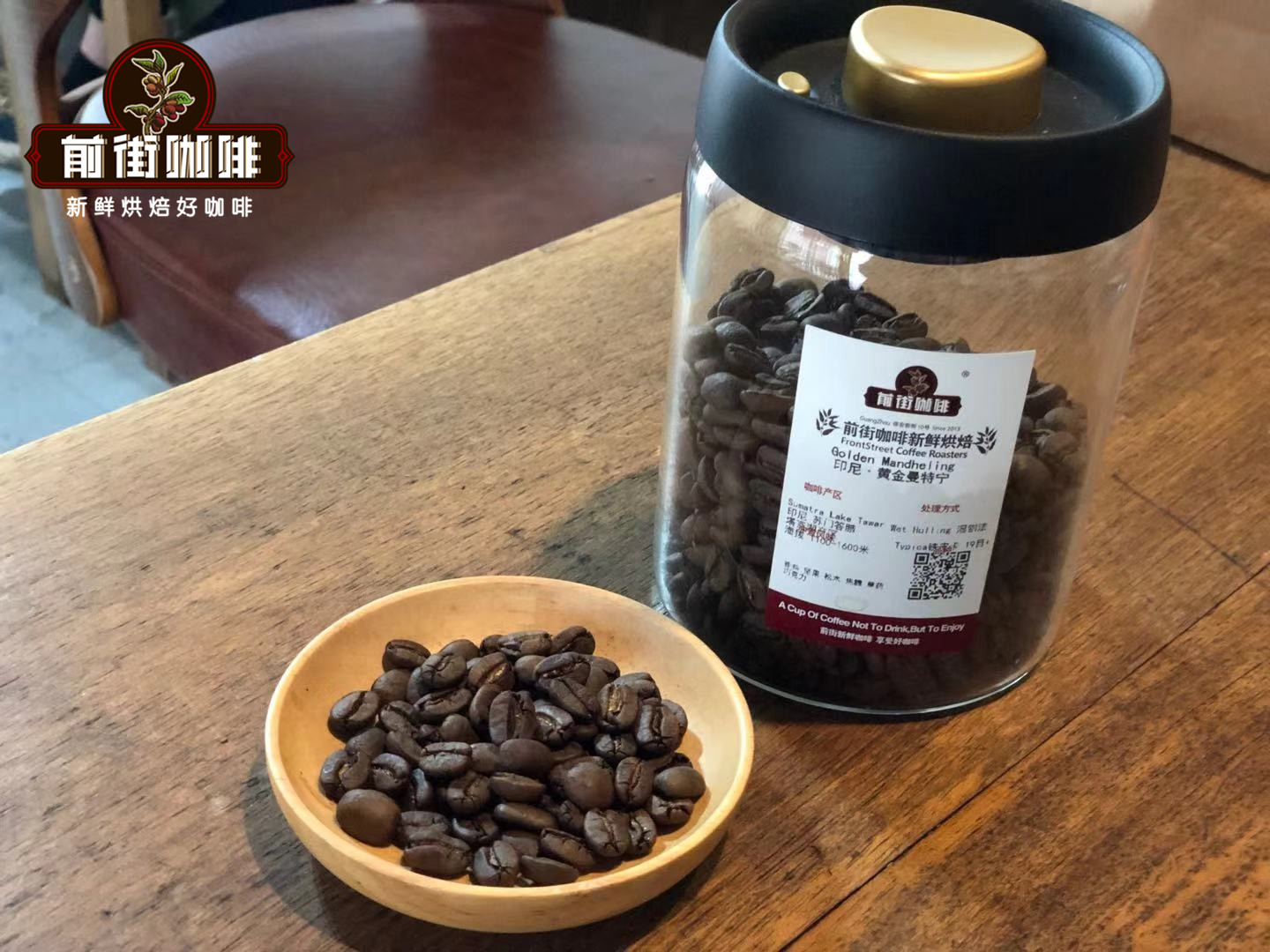
Indonesia is located in southeastern Asia, and its coffee history dates back to 1696. Coffee farmers in the Netherlands tried to find a wider place to grow coffee and finally identified the Indonesian island of Java. After 30 years, Indonesia has laid a sufficient foundation in the coffee market. Today, however, Indonesia's coffee is represented by Mantenin, which is not unexpected, because most of the Javanese coffee sold to Europe came from Sumatra, and Mantenin came from Sumatra. So Sumatra can be said to be an important coffee producer in Indonesia. [Indonesian Coffee Grade] Indonesian coffee beans are classified according to the proportion of defective beans. Indonesian beans are mainly divided into 6 grades, namely G1-G6. There are less than 3 defective beans (300g raw bean samples), which belongs to the highest grade G1.
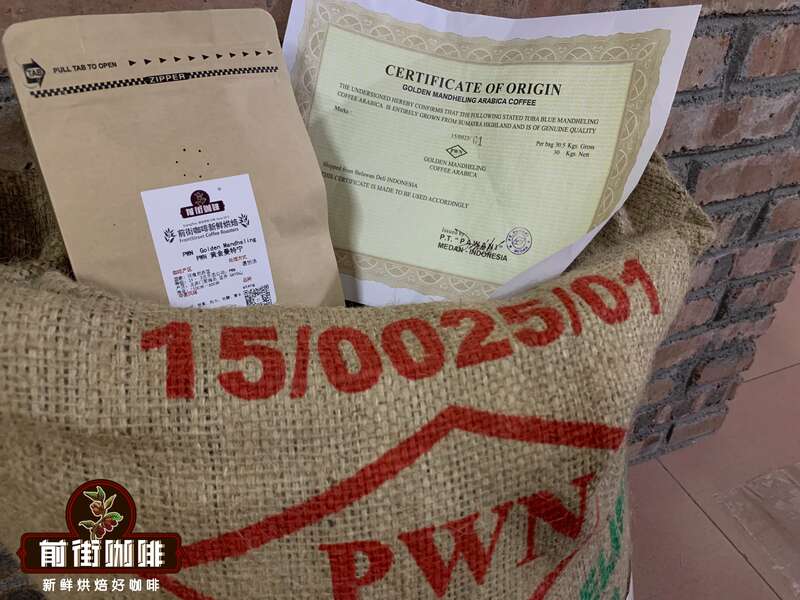
[coffee bean variety] Typica originated in Ethiopia and southeastern Sudan, is one of the oldest Arabica species, the top leaf is red copper, known as red top coffee, also known as the old variety of small grain coffee. Because of the low yield and the difficulty of cultivation, the price is much higher than the ordinary small-grain coffee. But its taste performance is excellent, it is recognized as a boutique coffee variety. [wet planing] Mantning mostly uses Sumatra's unique coffee bean treatment, the wet planing method. As the local weather is often dominated by Rain Water, with continuous typhoons, it is unable to achieve the good weather needed for the sun, and the local economy is not good, so it is also impossible to use the more expensive way of washing, thus giving rise to the wet planing method with local characteristics.
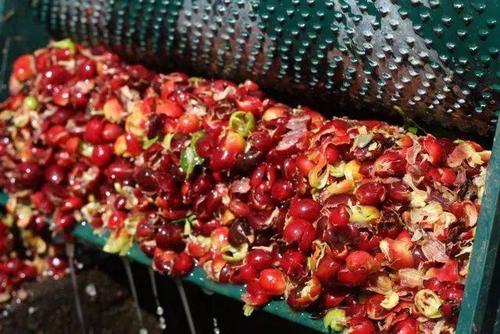
In the first stage, the peel and pulp were removed by a wooden peeling machine, and after fermentation for 3 hours, the moisture content was reduced to 30-50% of semi-dry and semi-wet. In the second stage, the pectin and sheep skin were removed and the latter part of the drying process took 2-4 days, and the moisture content was reduced to 12-13%. On this basis, Golden Manning has increased the number of screening, with more than three manual screening, so that Golden Manning has the characteristics of uniform size and low defect rate. [PWN] PWN (Pwani Coffee Company) registered gold manning, while Japanese companies registered "Gold Top Mandheling", or gold manning on the tripod. In fact, there is little difference in flavor performance between the two, but due to different brands and different marketing strategies, it is also possible to lead to a change in public opinion, so it depends on which of the two gold manning is better. PWN is the first company to export gold manning to Japan, and Qianjie Coffee is also a buyer of PWN gold manning.
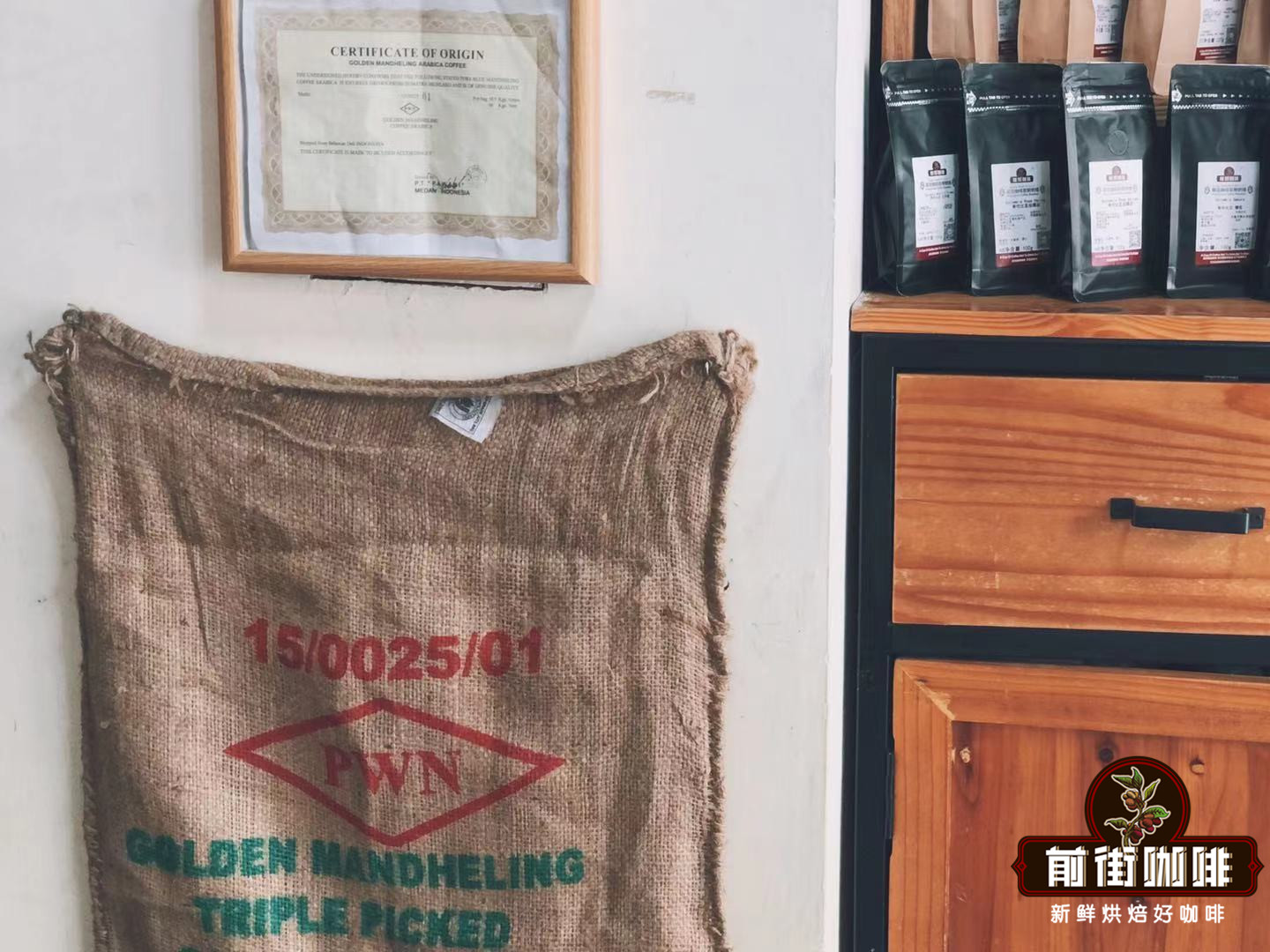
[Indonesia Gold Mantenin Coffee Flavor description] the layers are varied, mellow and clean, with a high sense of balance, strong nutty and caramel aromas, chocolate aromas and a long finish. 9. Small grains in Yunnan, China
Katim treatment method of 1200m above sea level in Baoshan, Yunnan Province
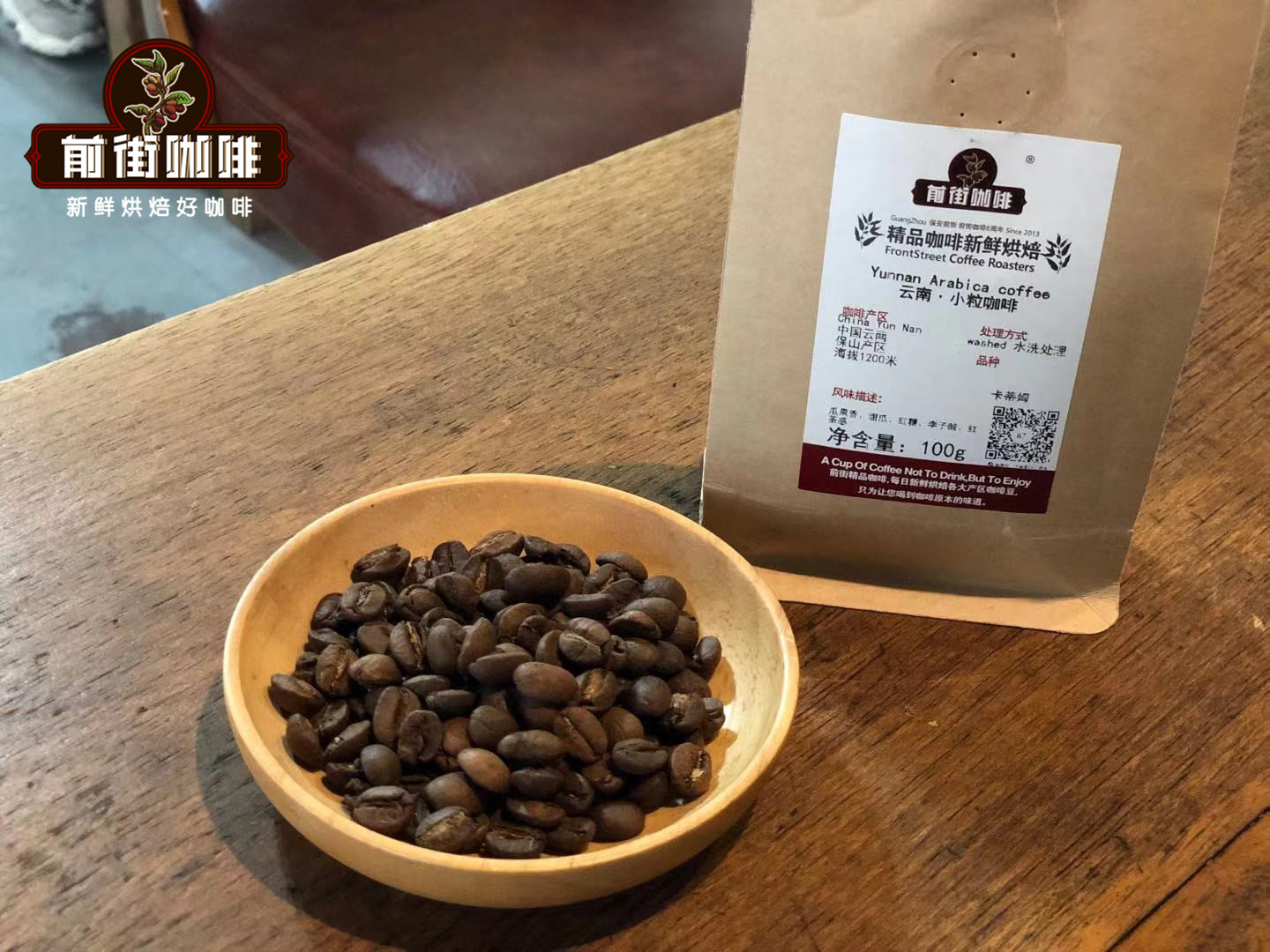
Coffee cultivation in Yunnan is mainly distributed in Lincang, Baoshan, Pu'er and Dehong, where there are natural resources with low latitude, high altitude and large temperature difference between day and night. There are no four seasons in Yunnan, only dry season and rainy season, and the same is true in most coffee producing areas, which is the root cause of the use of tanning in some producing areas. June is the beginning of the rainy season in the producing areas, and it will rain for the next three or four months, which is the most favorable time for growing coffee. Only when seedlings are planted at this time and moistened by Rain Water for a few months will they be able to grow well-developed roots to survive the first half-year dry season. [coffee bean varieties] the iron pickup and bourbon species were introduced in Baoshan City as early as the 1950s, and the locals called them "old varieties." because the old varieties have relatively low resistance to diseases and insect pests and yield, and it takes a lot of manpower to manage them, coupled with the fact that there are not many advantages in the market purchase price, Katim, a new variety, has been changed to Katim in recent years.
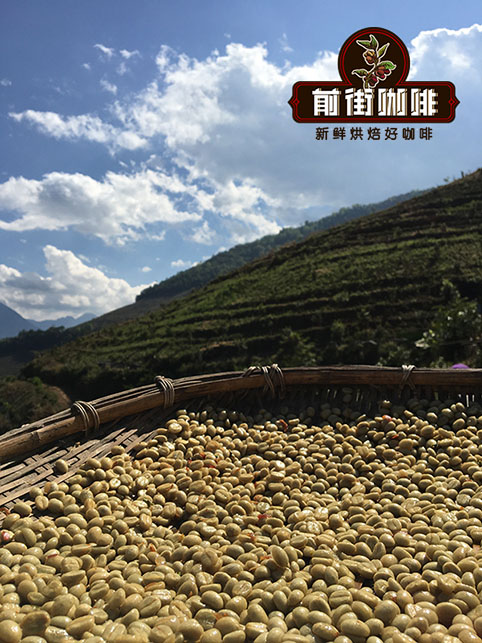
Katim is a cross between Tim and Kaddura. In 1959, it was developed by the Portuguese Coffee Leaf Rust Research Center (CIFC). Its research direction is disease resistance and high yield. Katim inherits the advantages of Robusta (Tim is a hybrid of Arabica and Robusta), making Katim better resistant to coffee berry disease and coffee leaf rust, as well as stronger resistance to diseases and insect pests. But it is often criticized for its performance in the cup. Qianjie coffee in the observation of Yunnan coffee beans in recent years, more reflected in the treatment, and even appeared Yunnan coffee beans whose flavor is very similar to Yega. Of course, this changes with the changes in the market, but Qianjie Coffee thinks that it is funny to use various titles to name Yunnan Katim varieties, and the varieties have determined a lot of flavor ingredients, and this year's Yunnan raw bean competition, the results of the competition did not even mention the varieties. [washing treatment] the harvested berries use a peeling machine to separate most of the pulp from the coffee beans, then put the shell beans into a clean sink, soak them in water and ferment to completely remove the residual pulp layer. After washing, unripe beans and defective beans are selected because of buoyancy, and the fermentation process is easier to control, so the flavor is not as easy to smell as sun-cured beans. but show obvious acidity, complexity and cleaner cup test characteristics.
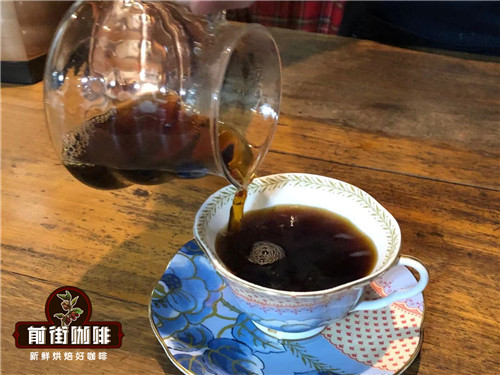
[Yunnan small Coffee Flavor description] it smells nutty, with herbs, chocolate, caramel and a hint of acidity in the finish. 10. Papua New Guinea Birds of Paradise
Manor Paradise Bird Grade AA 1600-1800m above sea level Iron pickup treatment method Water washing method
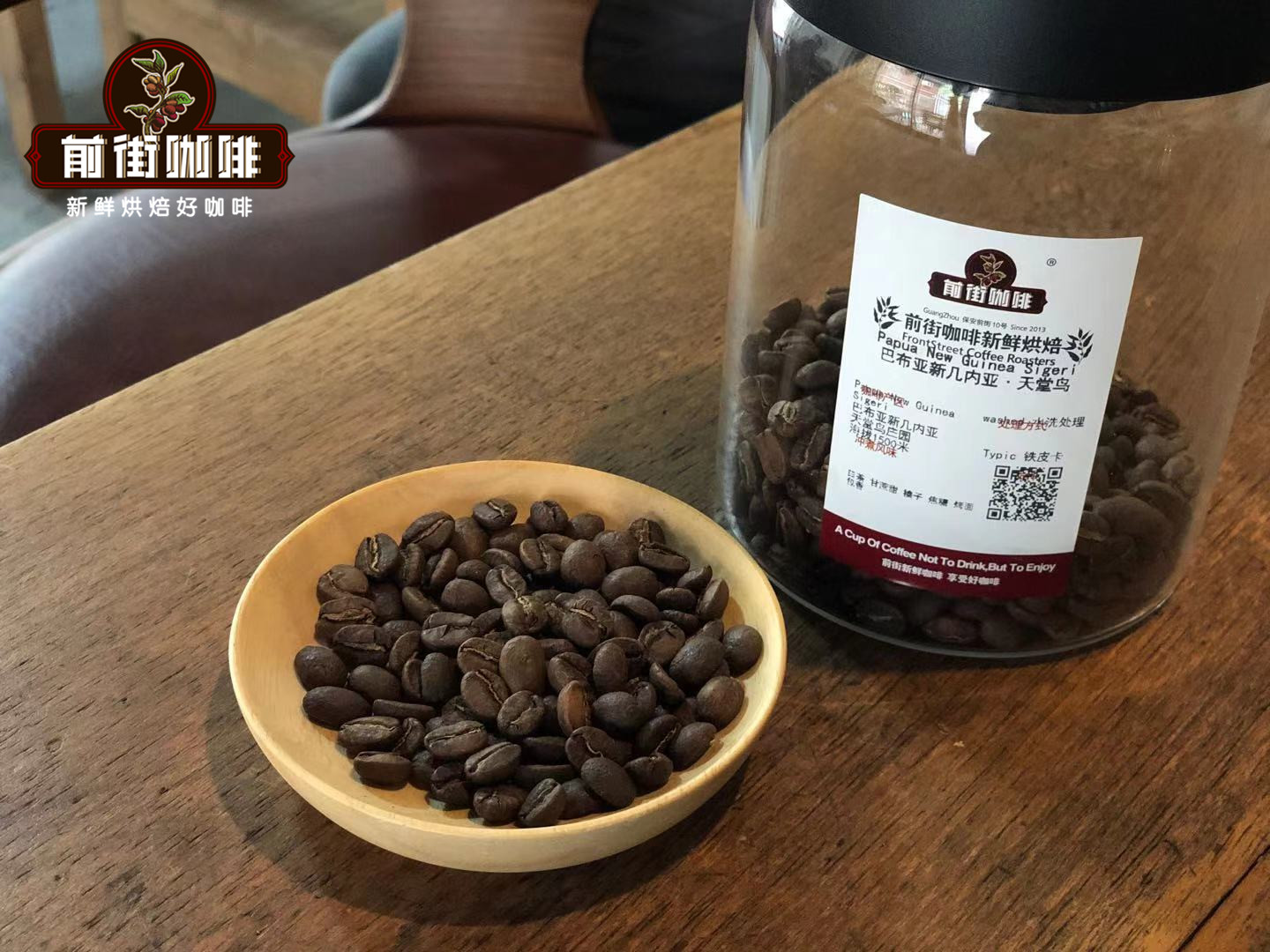
Independent State of Papua New Guinea (PNG), which is composed of New Guinea in the north and Papua in the south, lies to the east of Indonesia. The southern part of Papua New Guinea is composed of plains and lowlands, the southeast coastal zone, the central mountain system in the middle, and several separate mountains in the north. Most of the coffee in Papua New Guinea is grown in alpine areas. The highland region of Papua New Guinea is divided into two main provinces, including the eastern and western provinces.
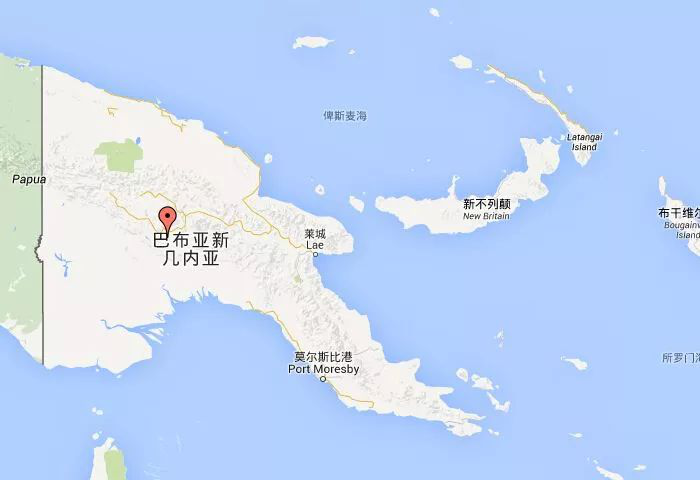
[Papua New Guinea coffee grade] is named after country + planting type + grade name. Plantation and Large Estates account for 25% of the country's output;10-20 hectares of small and medium-sized farms (Holdings or Blocks) account for 10%. The classification is as follows:
Grade
Screen Size
AA
> 18
A
17
AB
>16 (50%)
>17 (50%)
B
>16
C
>15
PB
11-14S
X
mixed
E
>19
PSC
>15mm
Y1
mixed
Y2
mixed
T
mixed
Front Street Coffee takes the most eye-catching boutique AA and A as an example: AA and A coffee belong to the boutique coffee class, mainly from larger estates. For AA, the bean size is larger than 18 mesh, and the bean type is oval flat bean. Number of defects: Up to 10 defects per kilogram. Green beans are green and bluish in appearance. Green beans taste clean, baked taste clean, smooth. The taste is excellent (Fine Cup). The size of grade A should be larger than 17 mesh, the cup test should at least reach GTF grade (Good to Fine), that is, the taste should be excellent, and the number of other defects and the condition of raw beans should be the same as AA. Iron pickup (Typica) originated in Ethiopia and the southeast of Sudan, is one of the oldest varieties of Arabica species, the top leaf is red copper color, called red top coffee, also known as the old variety of Arabica coffee. Due to the low yield and difficult cultivation, the price is much higher than ordinary small coffee. However, its taste performance is excellent and it is recognized as a fine coffee variety.
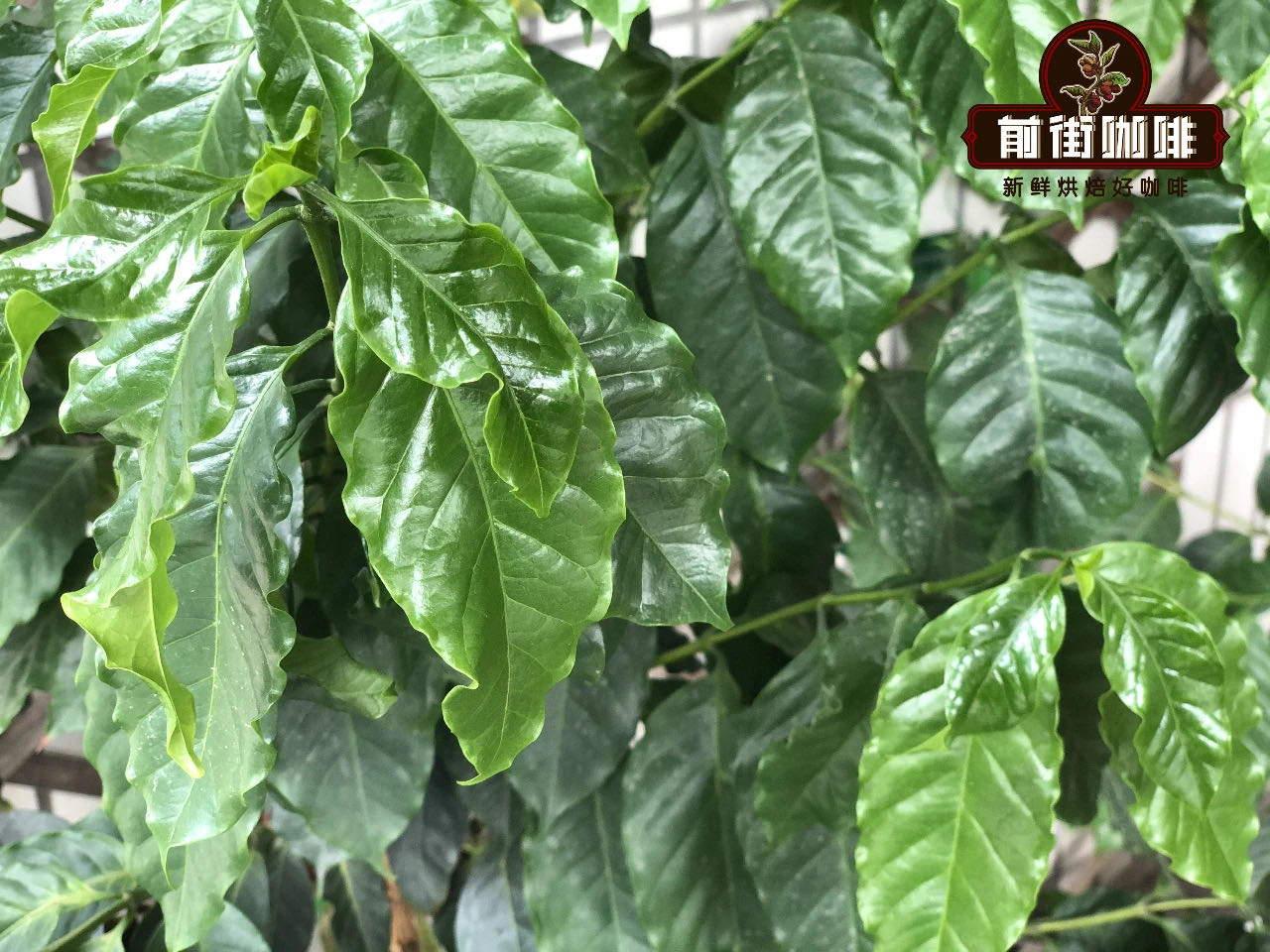
In 1931, Ironhide Card was introduced from Jamaica to Papua New Guinea. At that time, Britain had occupied Jamaica for nearly 300 years, and the most typical coffee in Jamaica was the Blue Mountain Coffee of Iron Card. Because of the friendly relationship between Australia and Britain, it was reasonable for Papua New Guinea to introduce tin card. Qianjie Coffee often uses the name Little Blue Mountain to introduce Papua New Guinea Coffee to guests. after all, the historical reasons are there, and the name of Little Blue Mountain is much easier to remember than Papua New Guinea. [flavor description of Papua New Guinea Paradise Bird Coffee] the layers are varied, mellow and clean, with a high sense of balance, intense nutty and caramel aromas, chocolate aromas and a long finish.
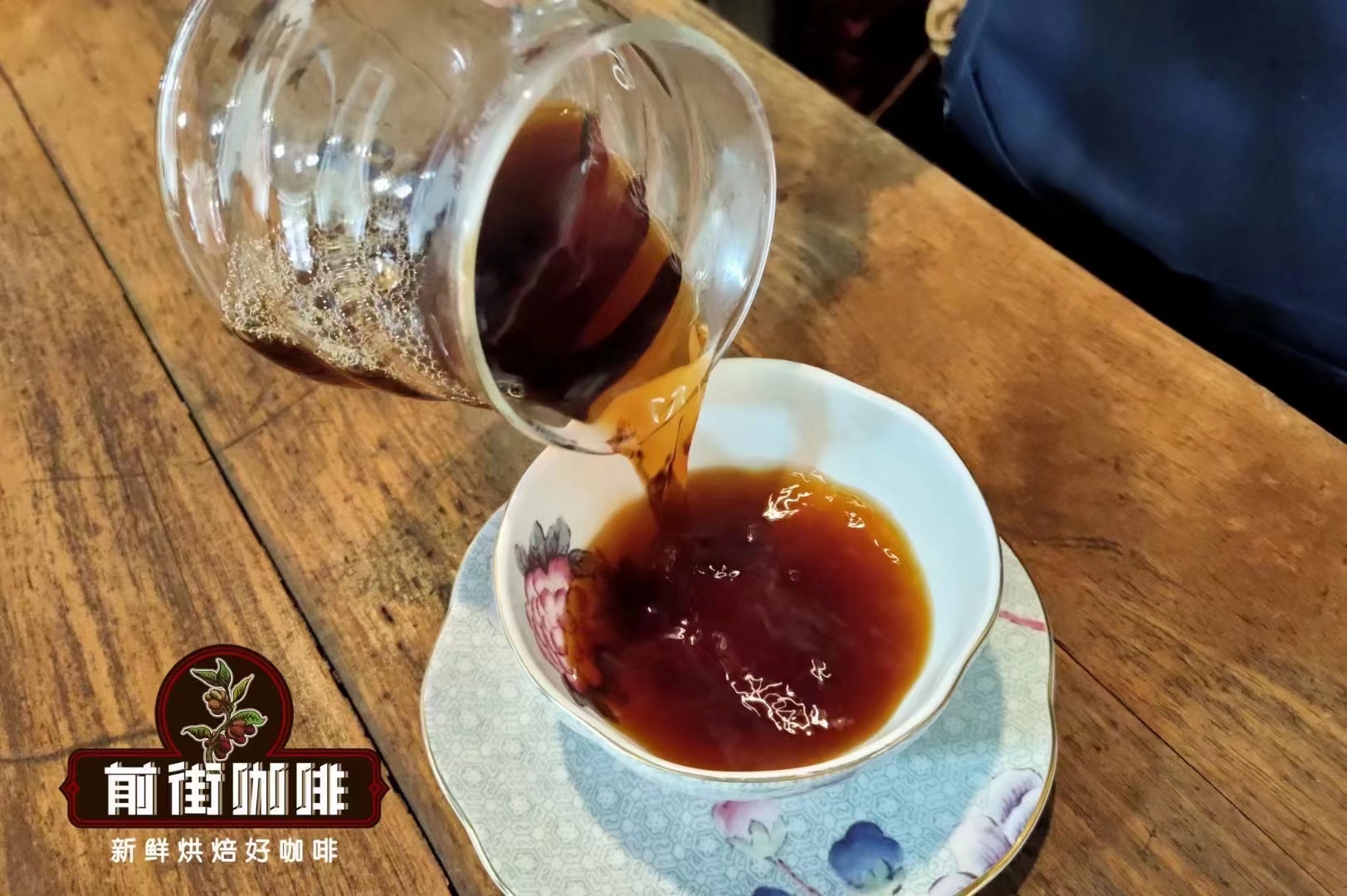
The above are the ten coffee beans recommended by Qianjie. Three to four coffee beans are listed in the three largest coffee producing areas in the world. The top ten coffee bean brands are ranked in no particular order and can be selected according to their personal preferences.
For more boutique coffee beans, please add private Qianjie coffee on Wechat. WeChat account: kaixinguoguo0925
Important Notice :
前街咖啡 FrontStreet Coffee has moved to new addredd:
FrontStreet Coffee Address: 315,Donghua East Road,GuangZhou
Tel:020 38364473
- Prev
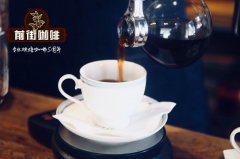
2018 Chinese coffee bean brands recommend how many domestic coffee bean brands have you heard of?
Professional coffee knowledge exchange more coffee bean information please follow the coffee workshop (Wechat official account cafe_style) China's top ten coffee bean brands recommended 1. Hougu Coffee: Hougu Coffee has been highly recommended by Foreign Minister Wang Yi and has its own plantation and coffee production technology. 2. Rainbow Manor Coffee: it is cheap and tastes good, and can be bought in convenience stores such as the whole family and Rosen.
- Next
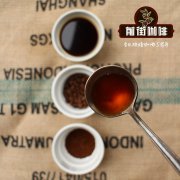
How do you drink Hawaiian Kona coffee? How is the planting environment? Which do you want to buy?
How do you drink Hawaiian Kona coffee? How is the planting environment? Which do you want to buy? Kona coffee beans, which are grown in the Kona region of Hawaii, are a rare species that can only be grown on volcanic slopes. In addition to its beautiful scenery, Hawaii, a beautiful tropical Pacific island, also produces the famous Kona coffee. Because the main producing area of Kona coffee is located in the south and north of the main island
Related
- Detailed explanation of Jadeite planting Land in Panamanian Jadeite Manor introduction to the grading system of Jadeite competitive bidding, Red bid, Green bid and Rose Summer
- Story of Coffee planting in Brenka region of Costa Rica Stonehenge Manor anaerobic heavy honey treatment of flavor mouth
- What's on the barrel of Blue Mountain Coffee beans?
- Can American coffee also pull flowers? How to use hot American style to pull out a good-looking pattern?
- Can you make a cold extract with coffee beans? What is the right proportion for cold-extracted coffee formula?
- Indonesian PWN Gold Mandrine Coffee Origin Features Flavor How to Chong? Mandolin coffee is American.
- A brief introduction to the flavor characteristics of Brazilian yellow bourbon coffee beans
- What is the effect of different water quality on the flavor of cold-extracted coffee? What kind of water is best for brewing coffee?
- Why do you think of Rose Summer whenever you mention Panamanian coffee?
- Introduction to the characteristics of authentic blue mountain coffee bean producing areas? What is the CIB Coffee Authority in Jamaica?

